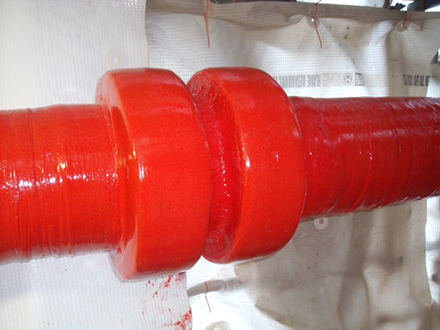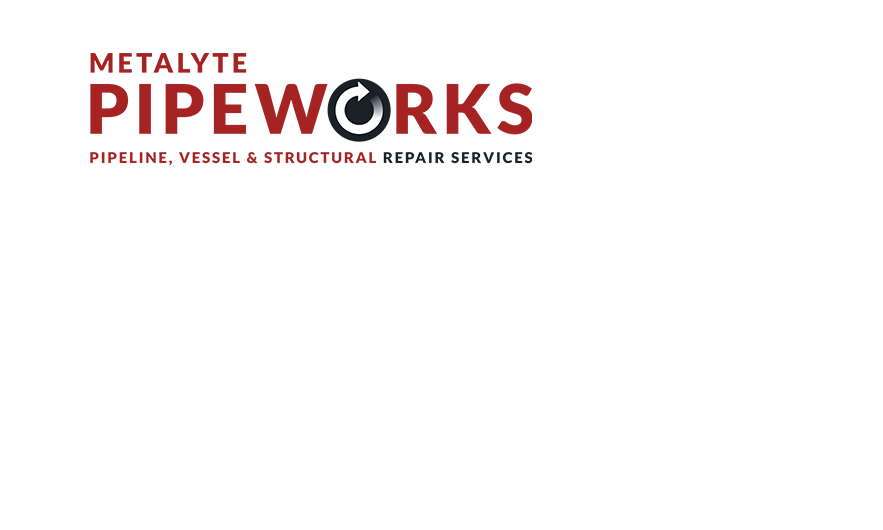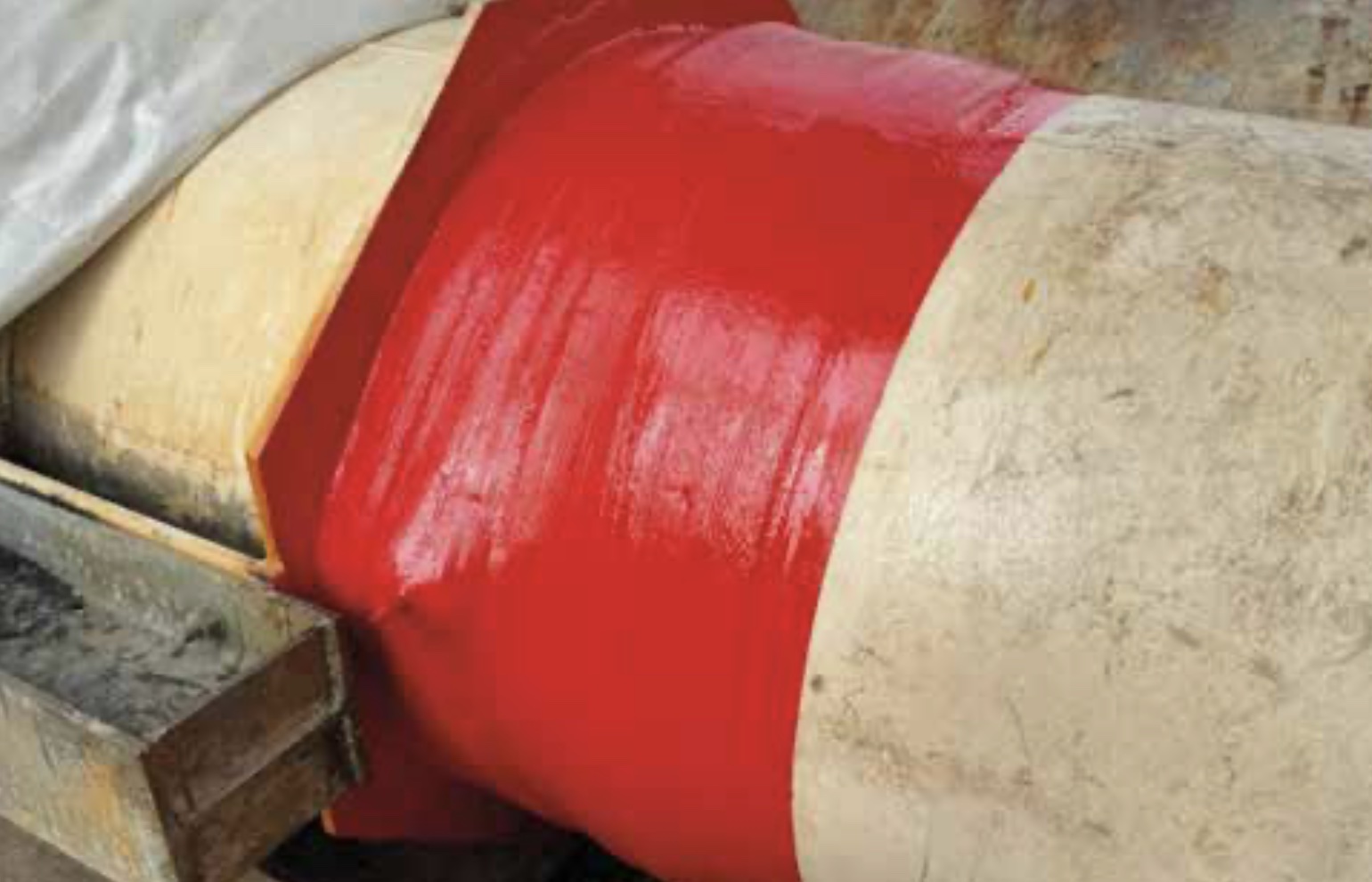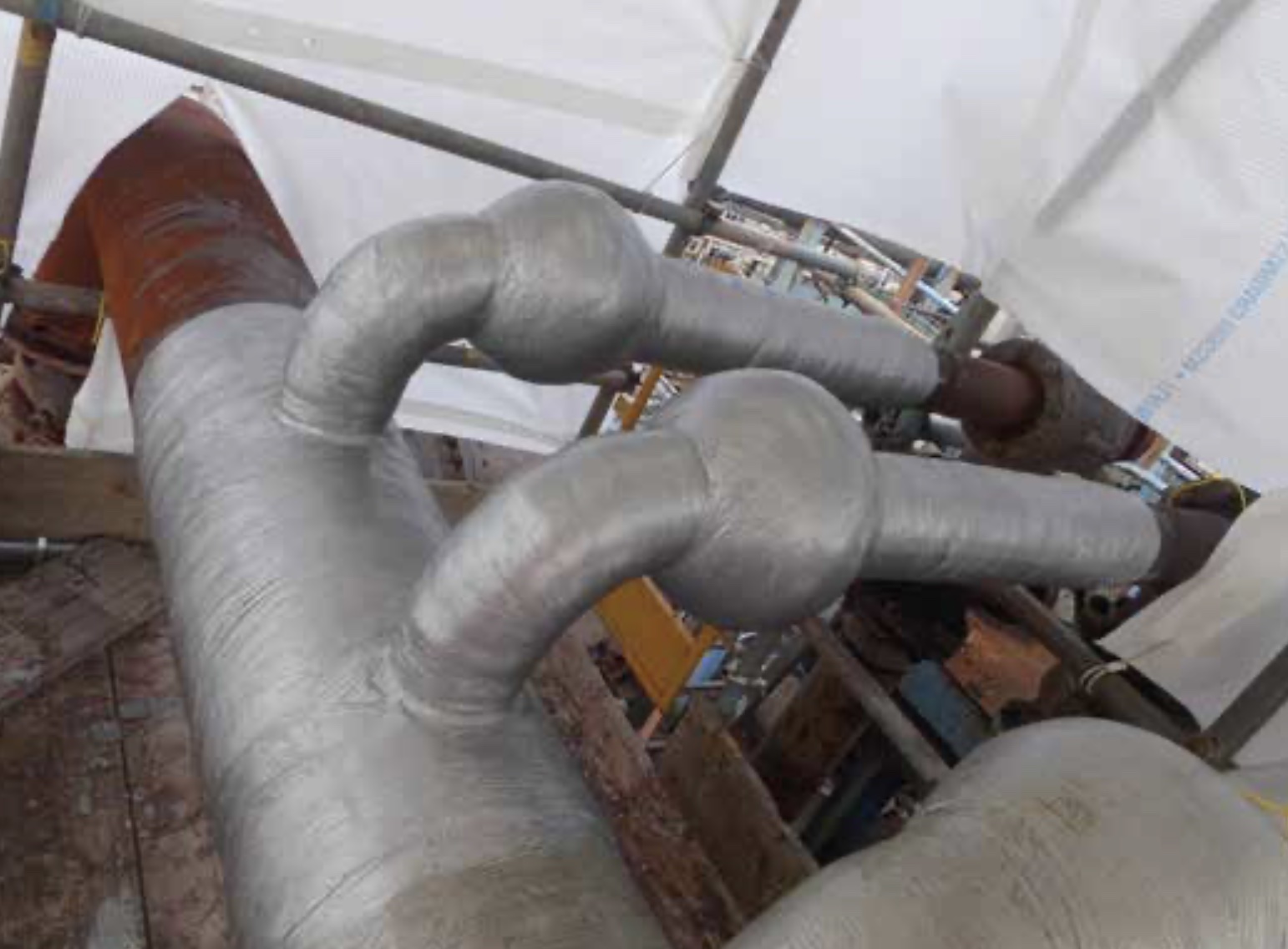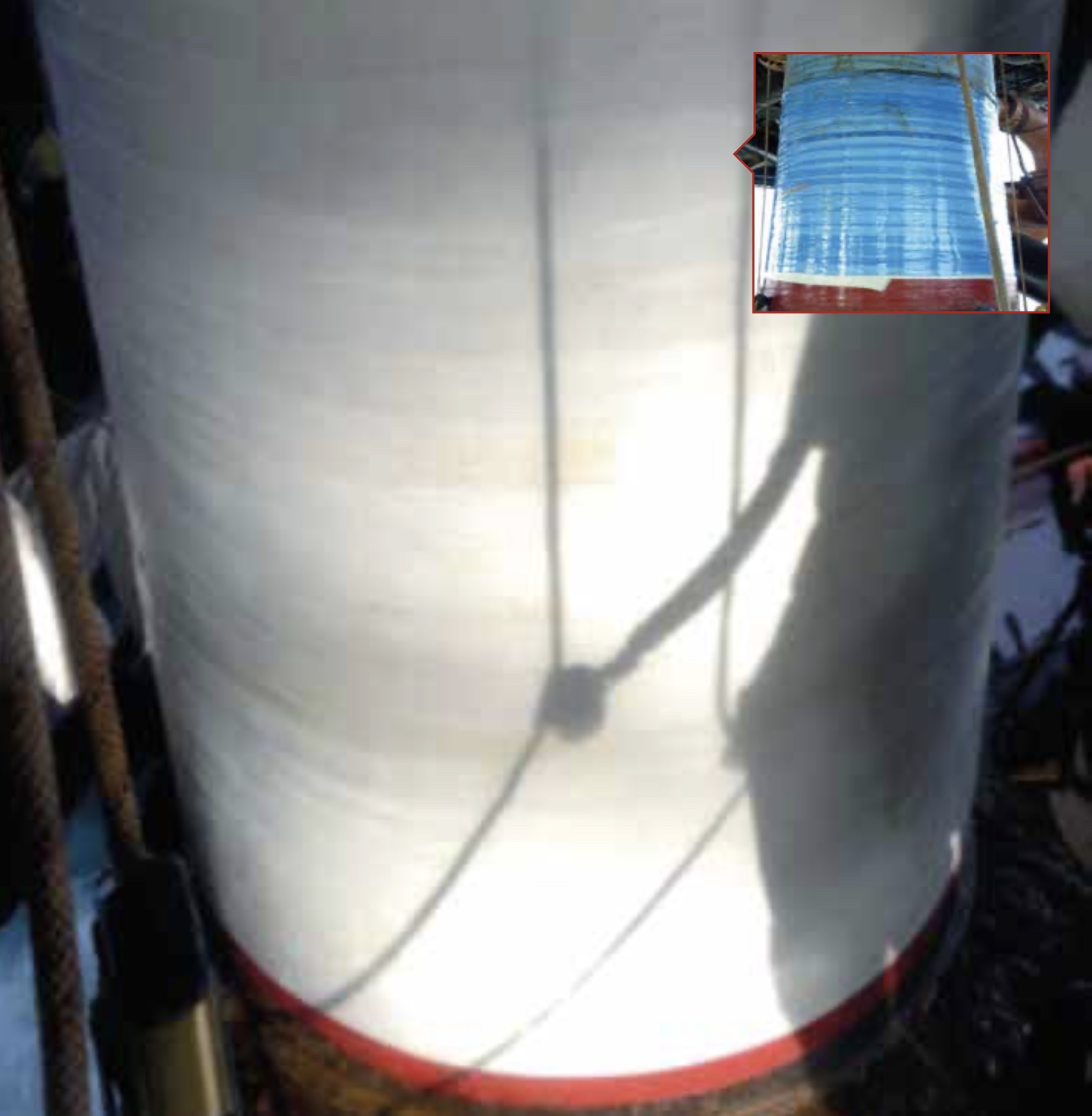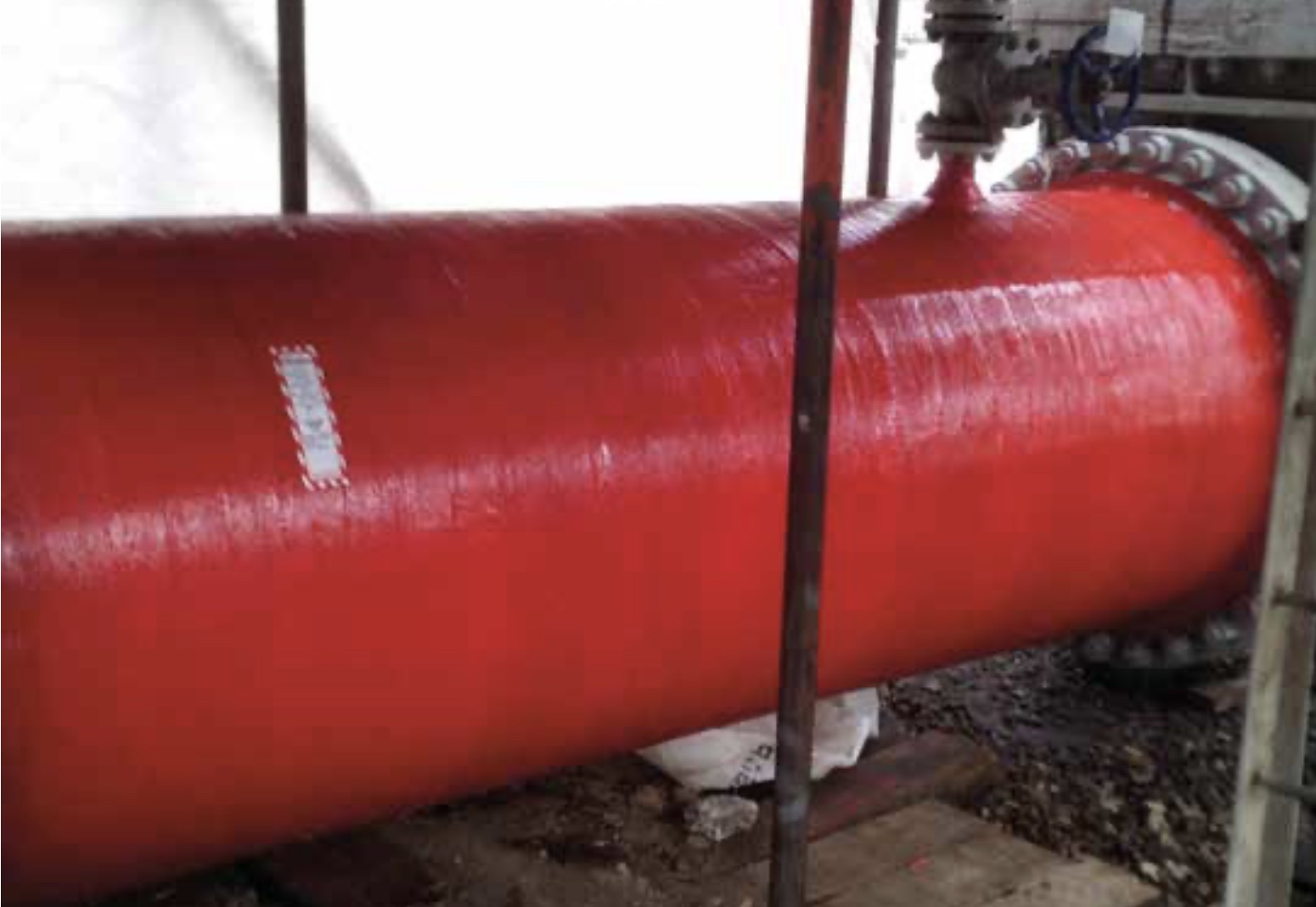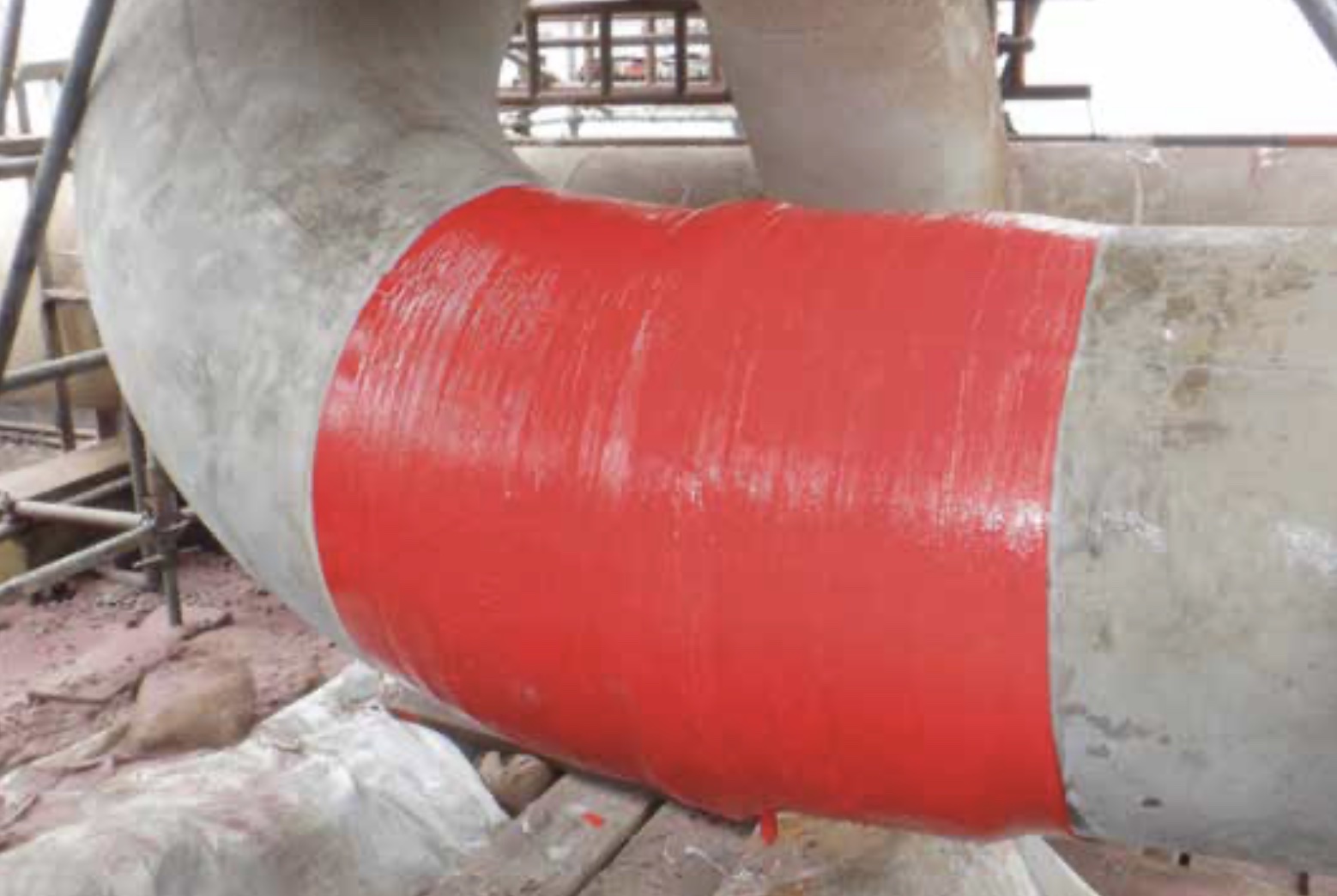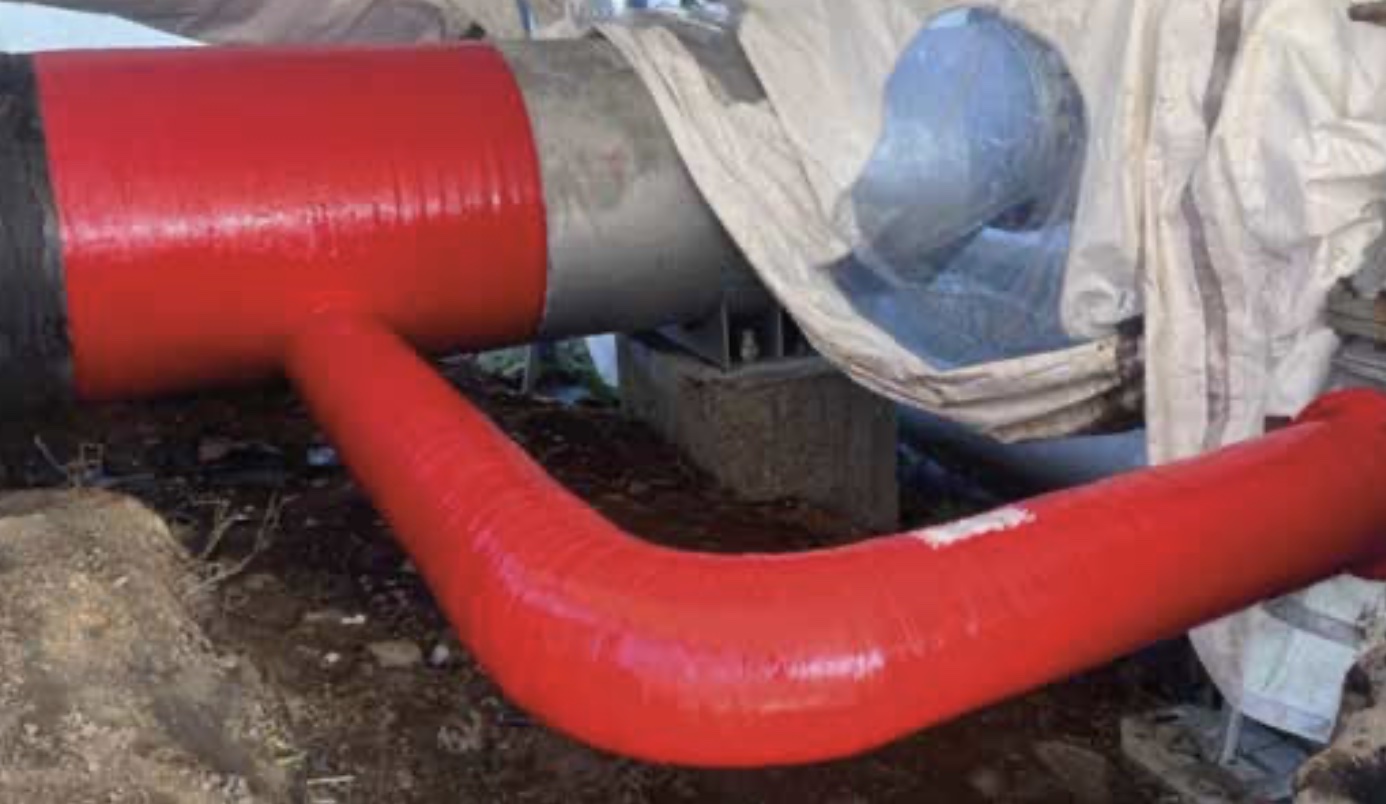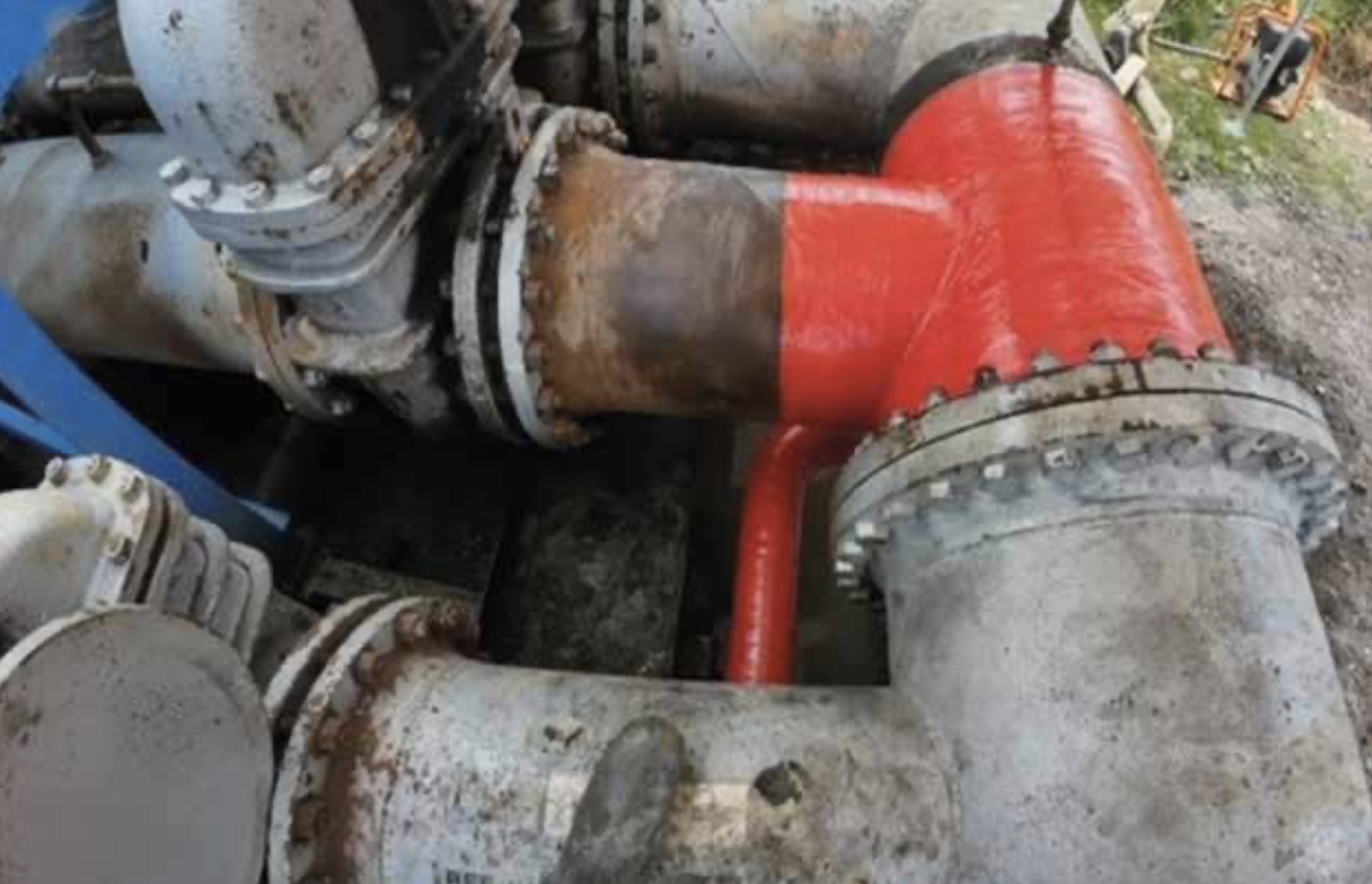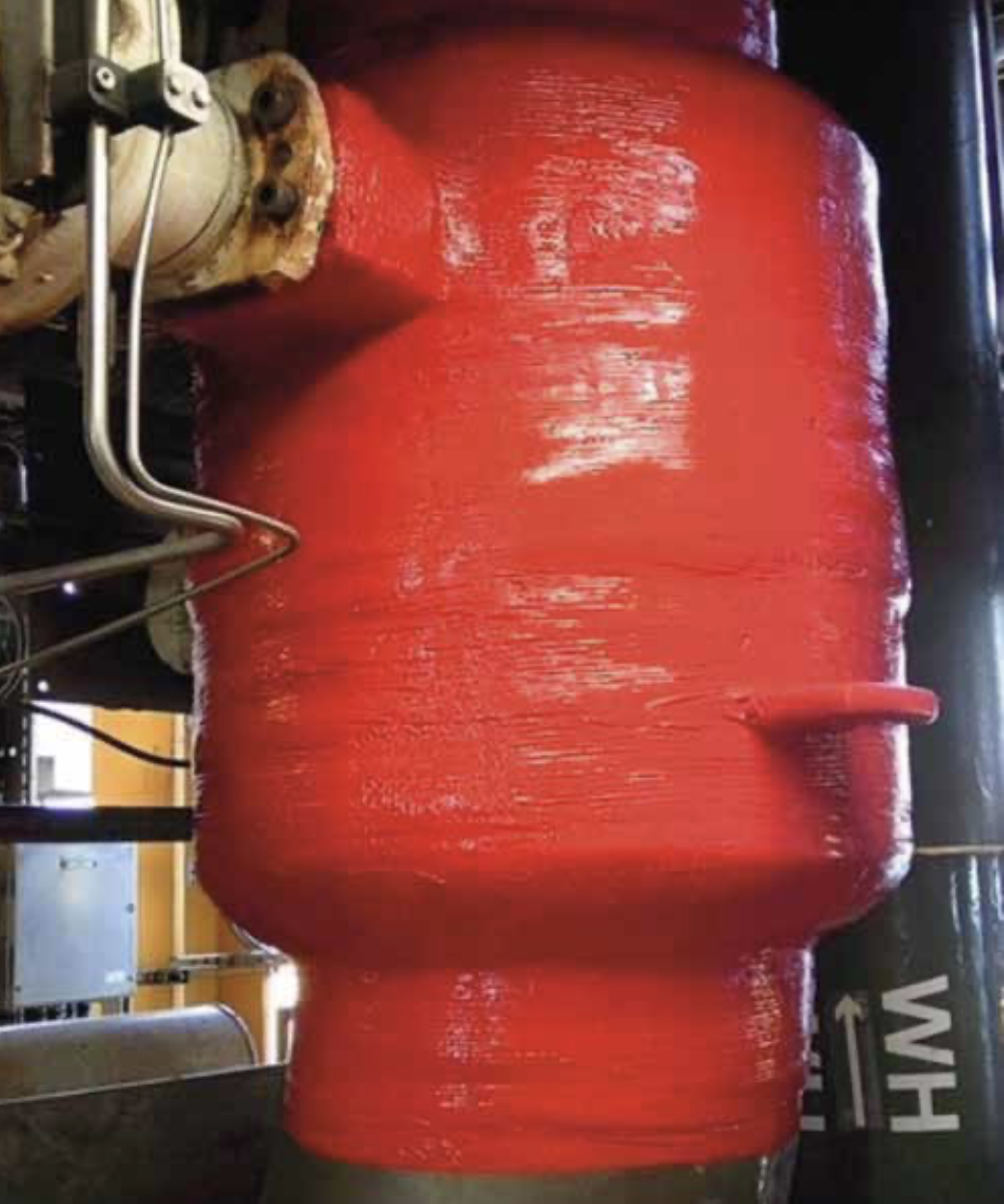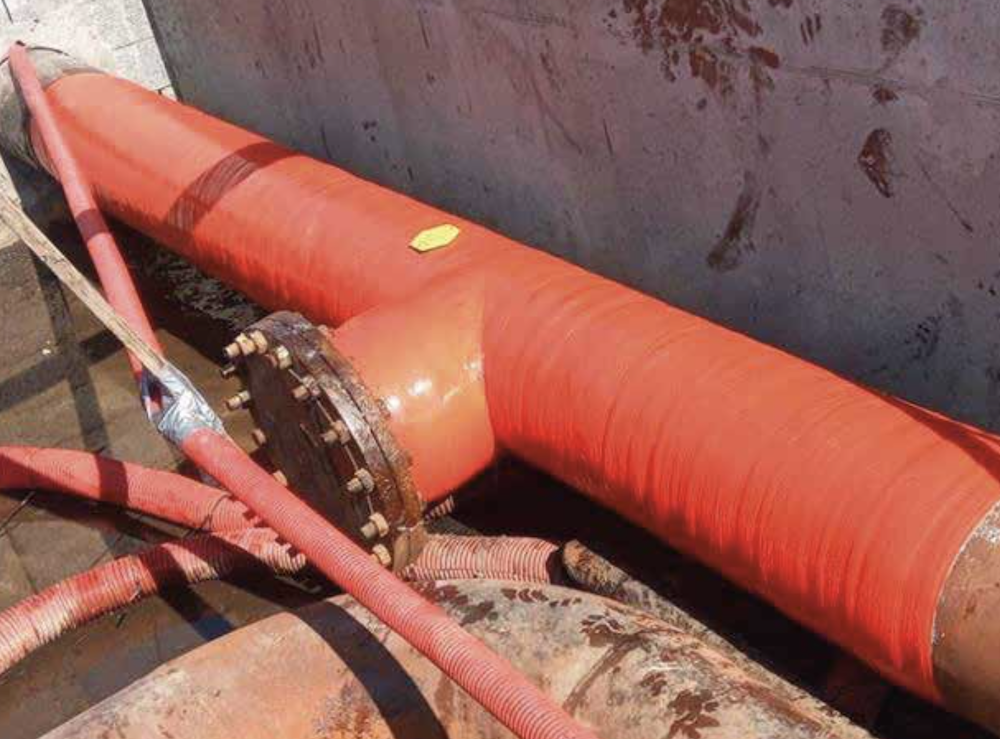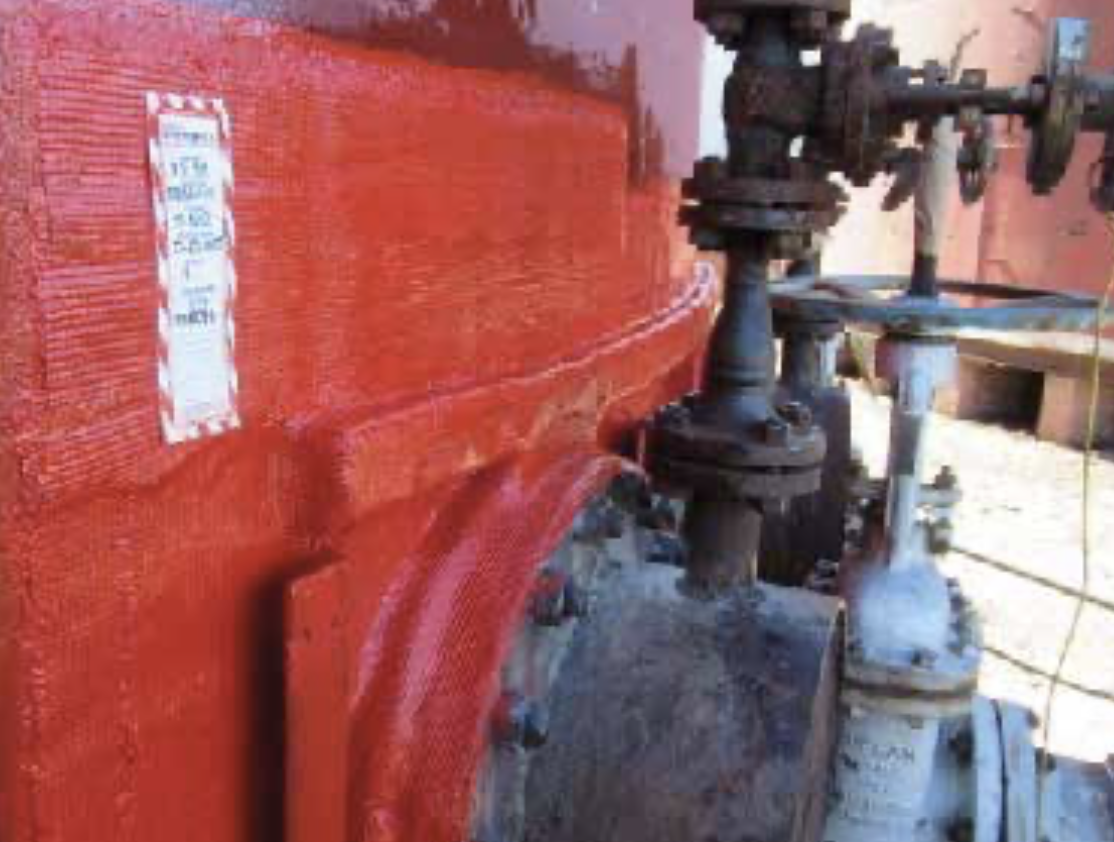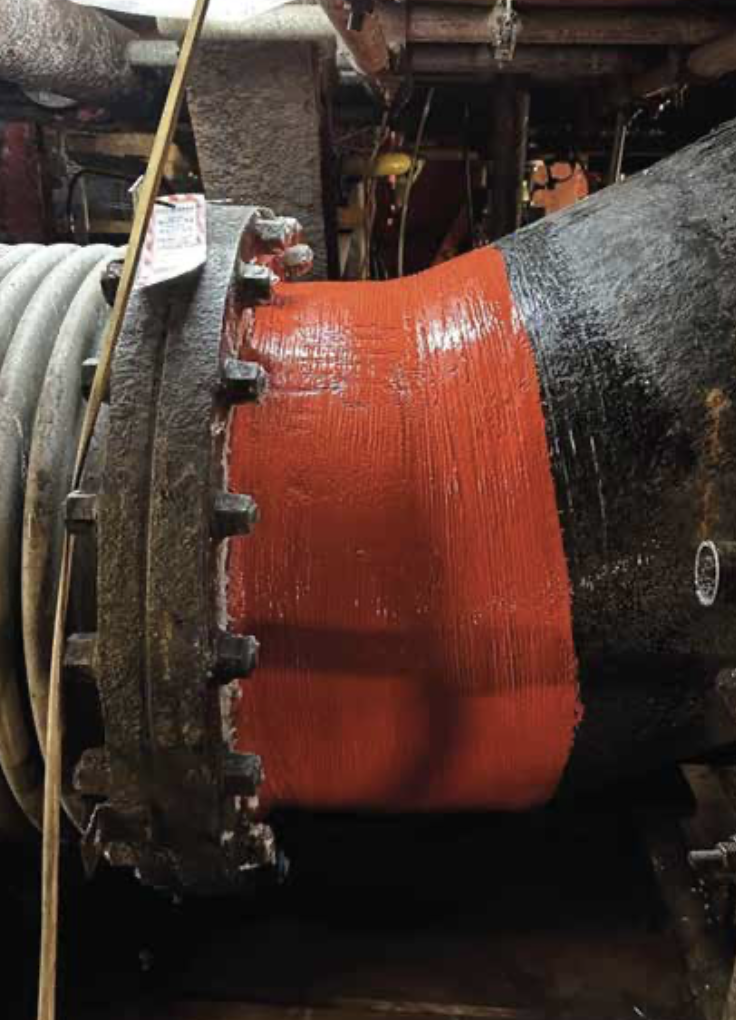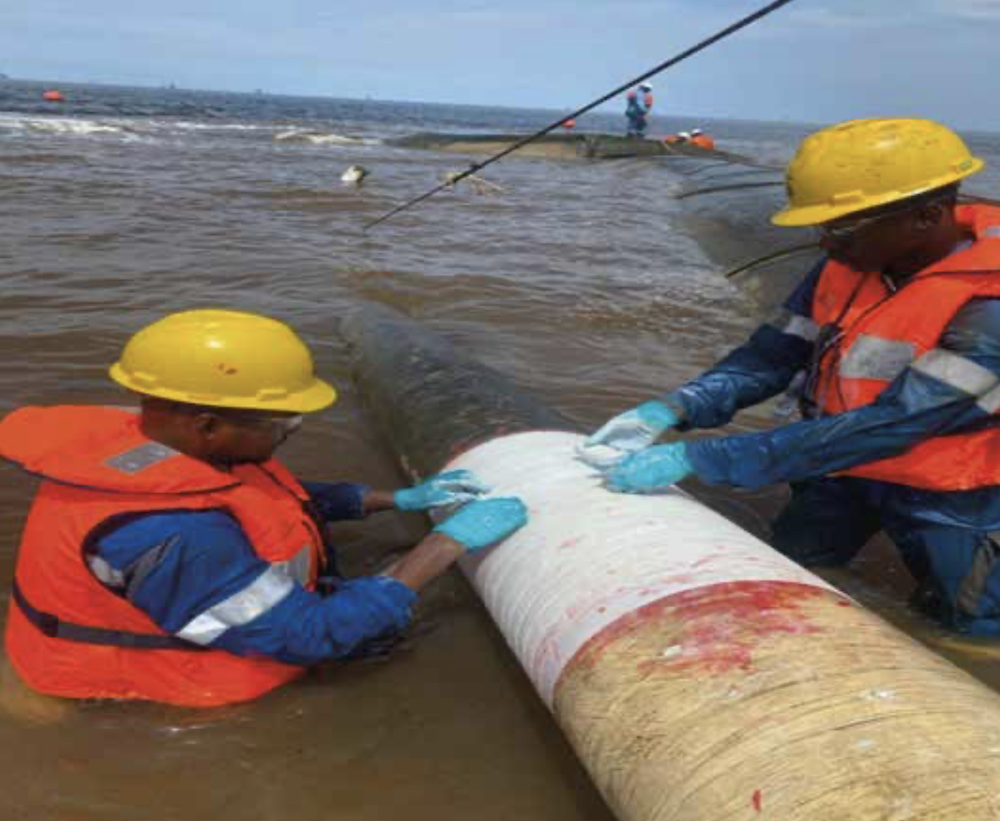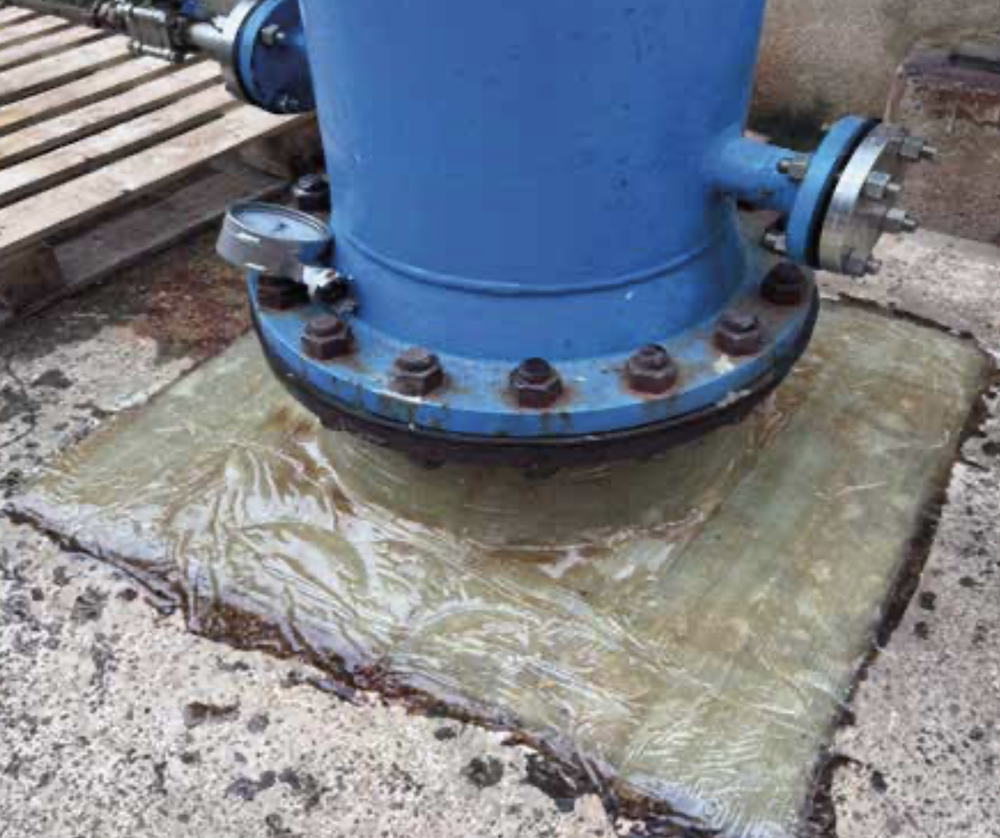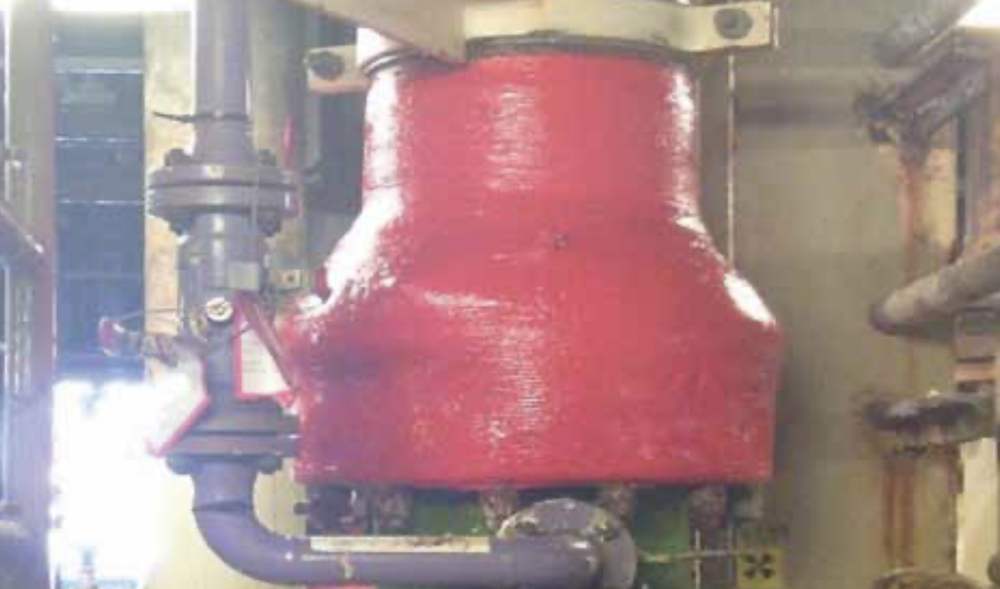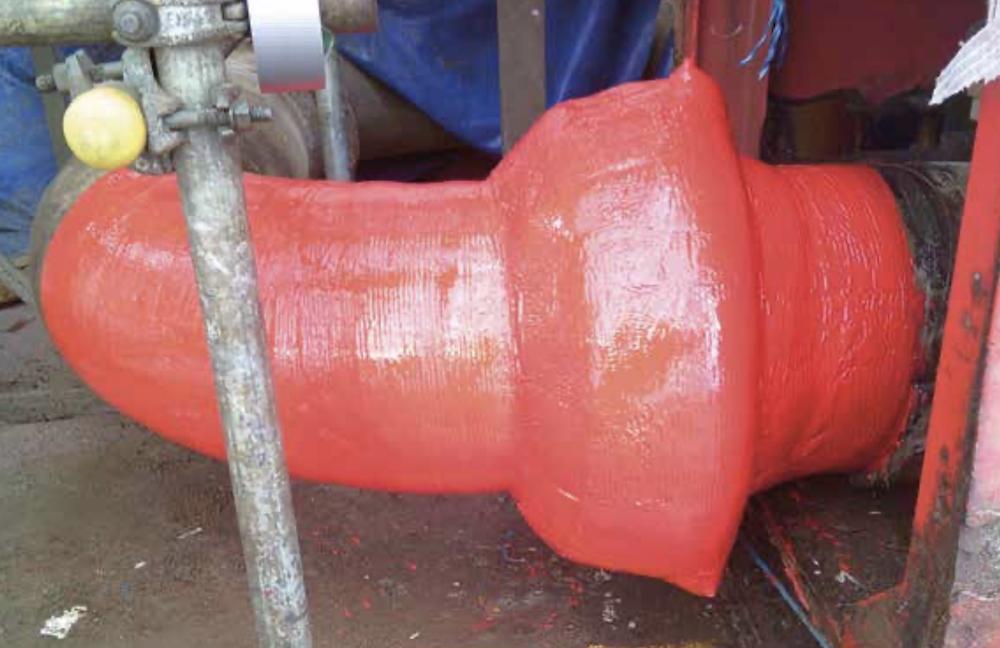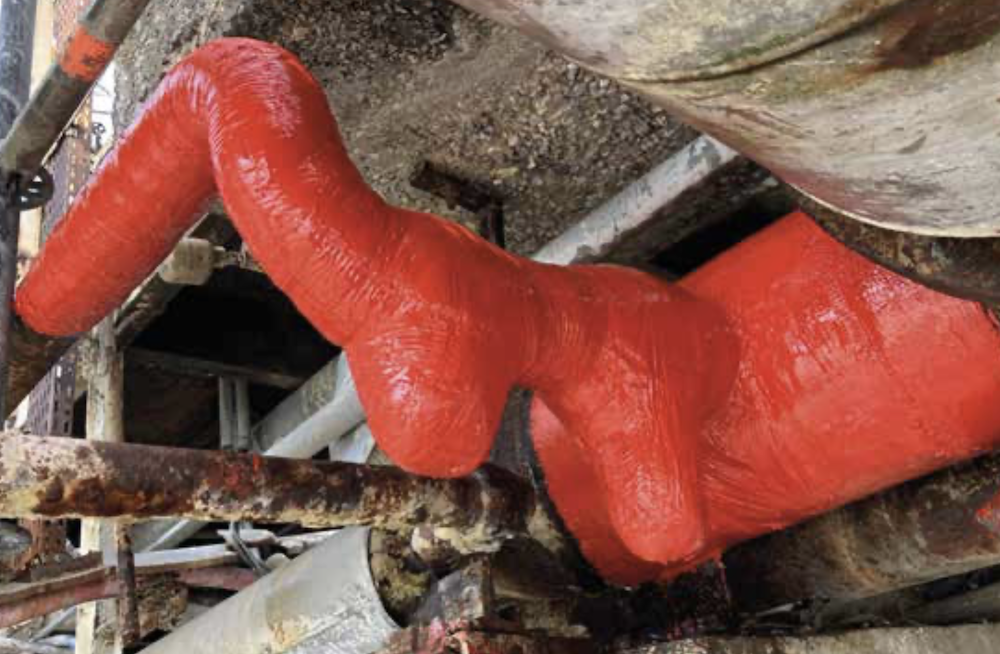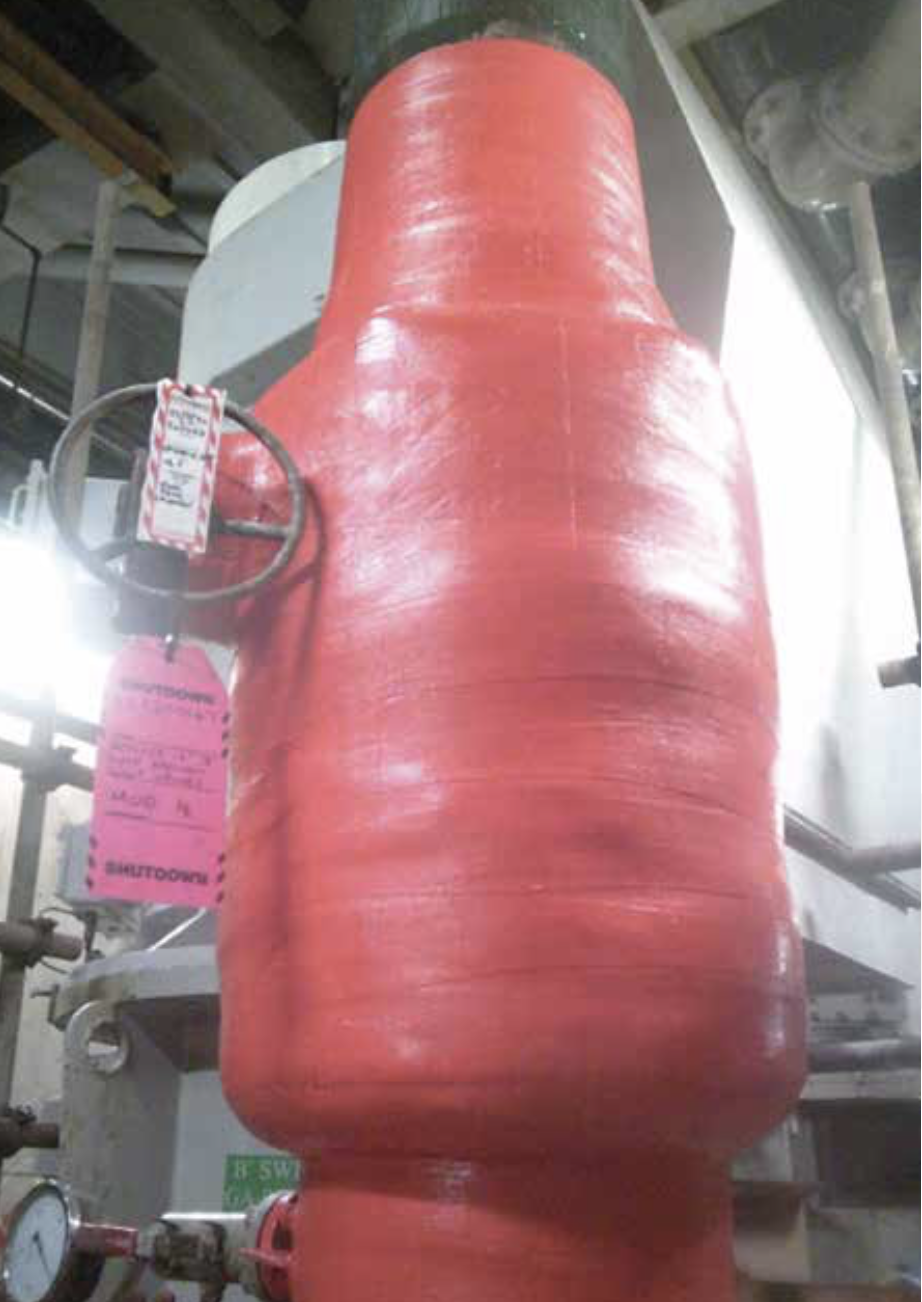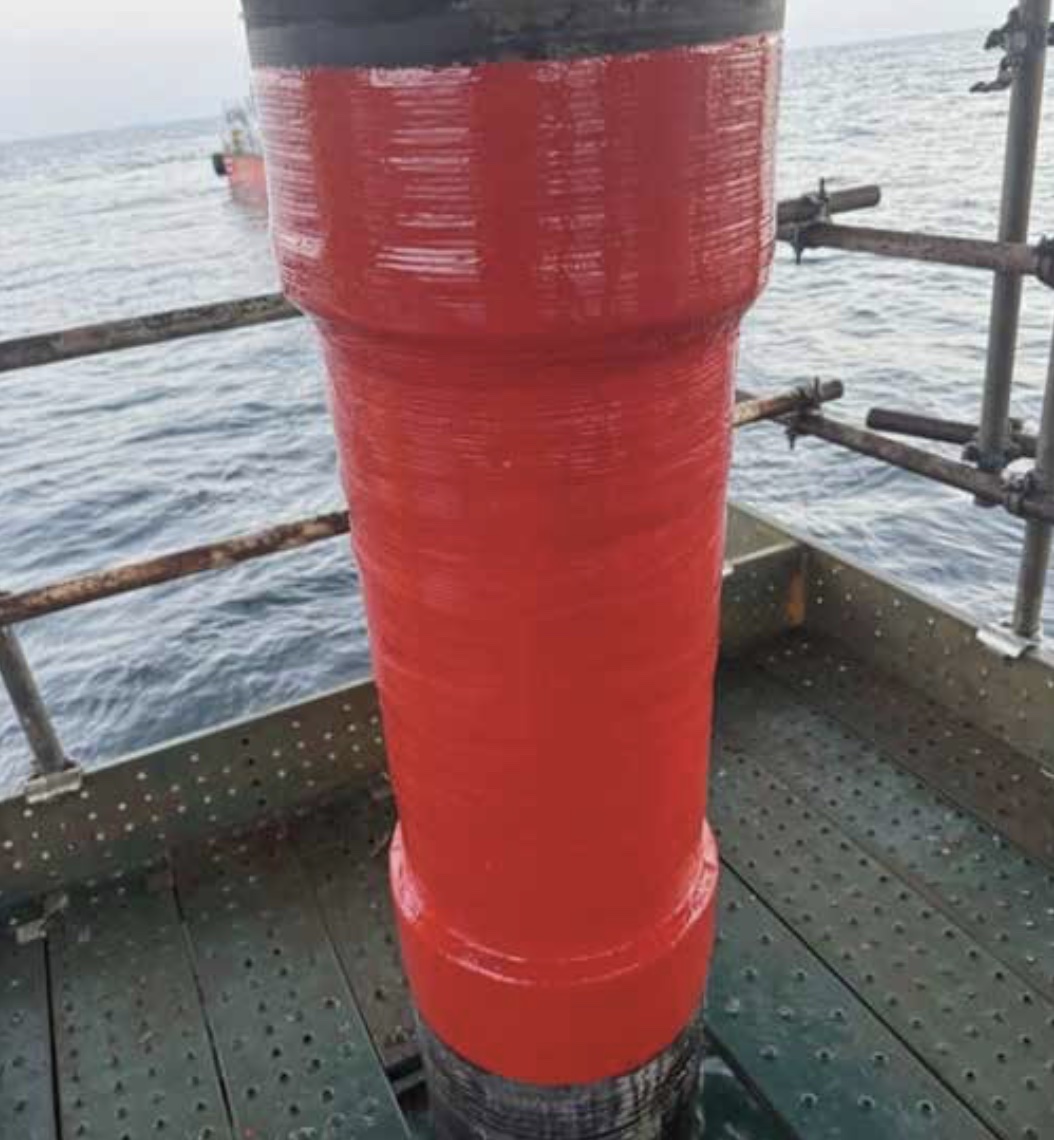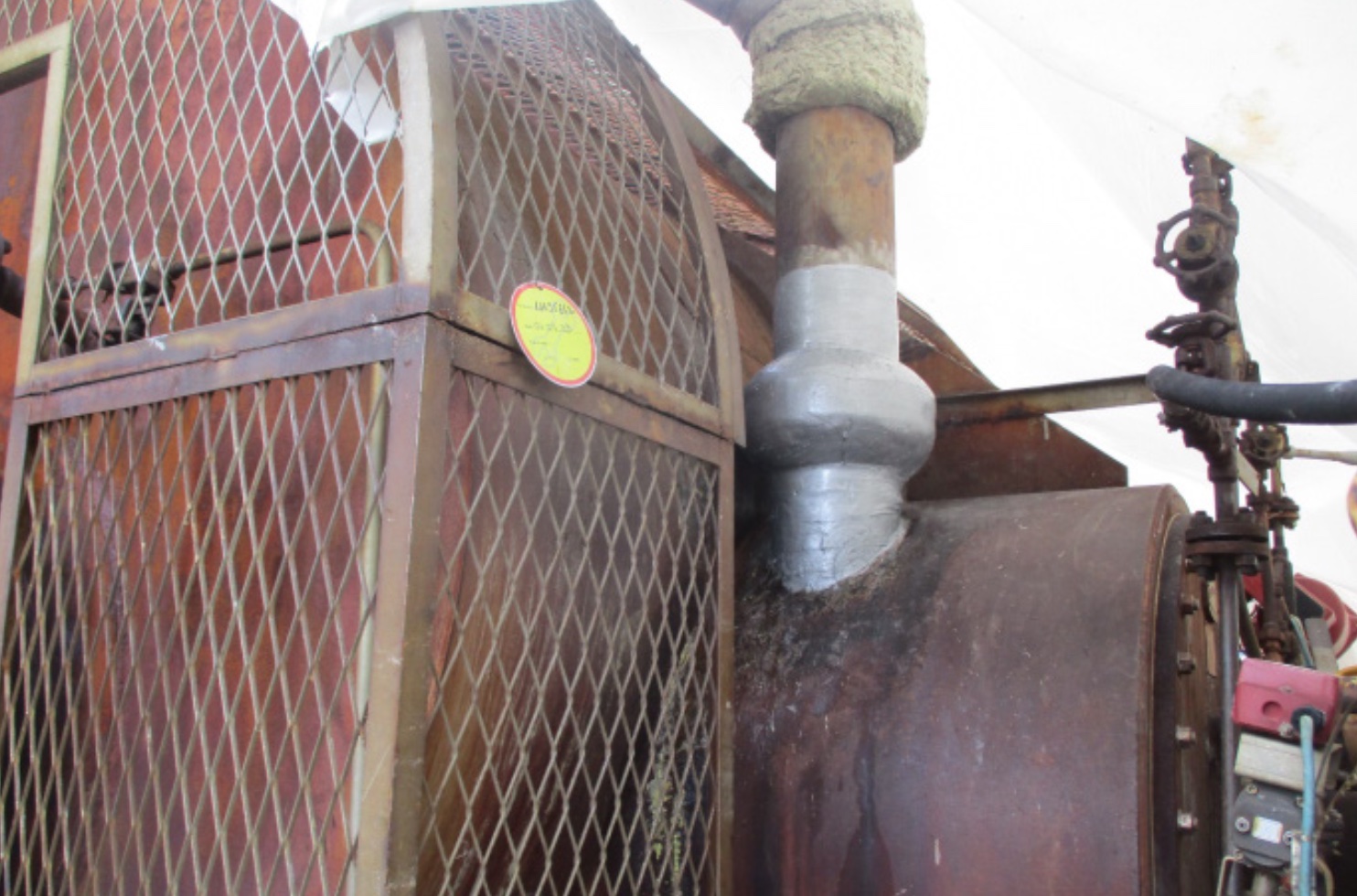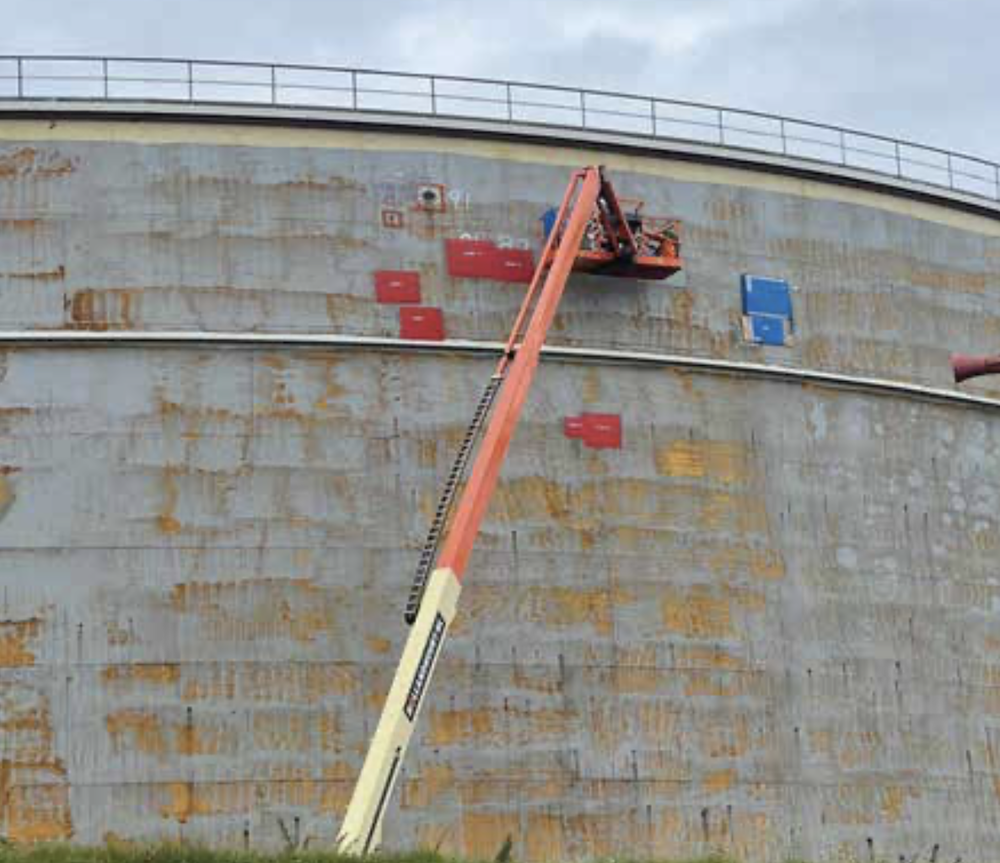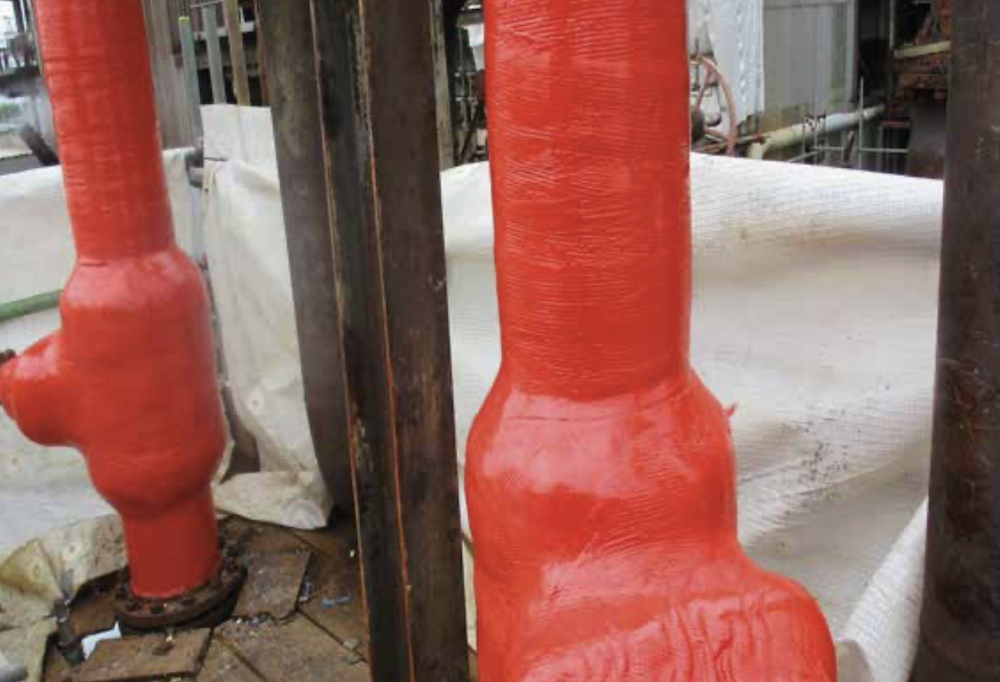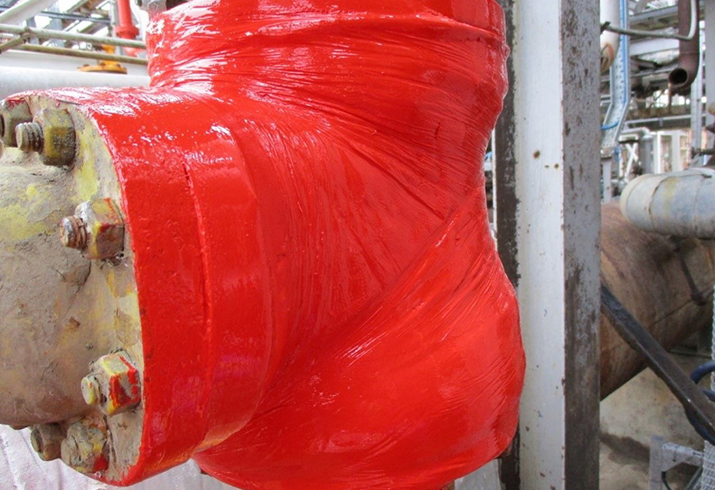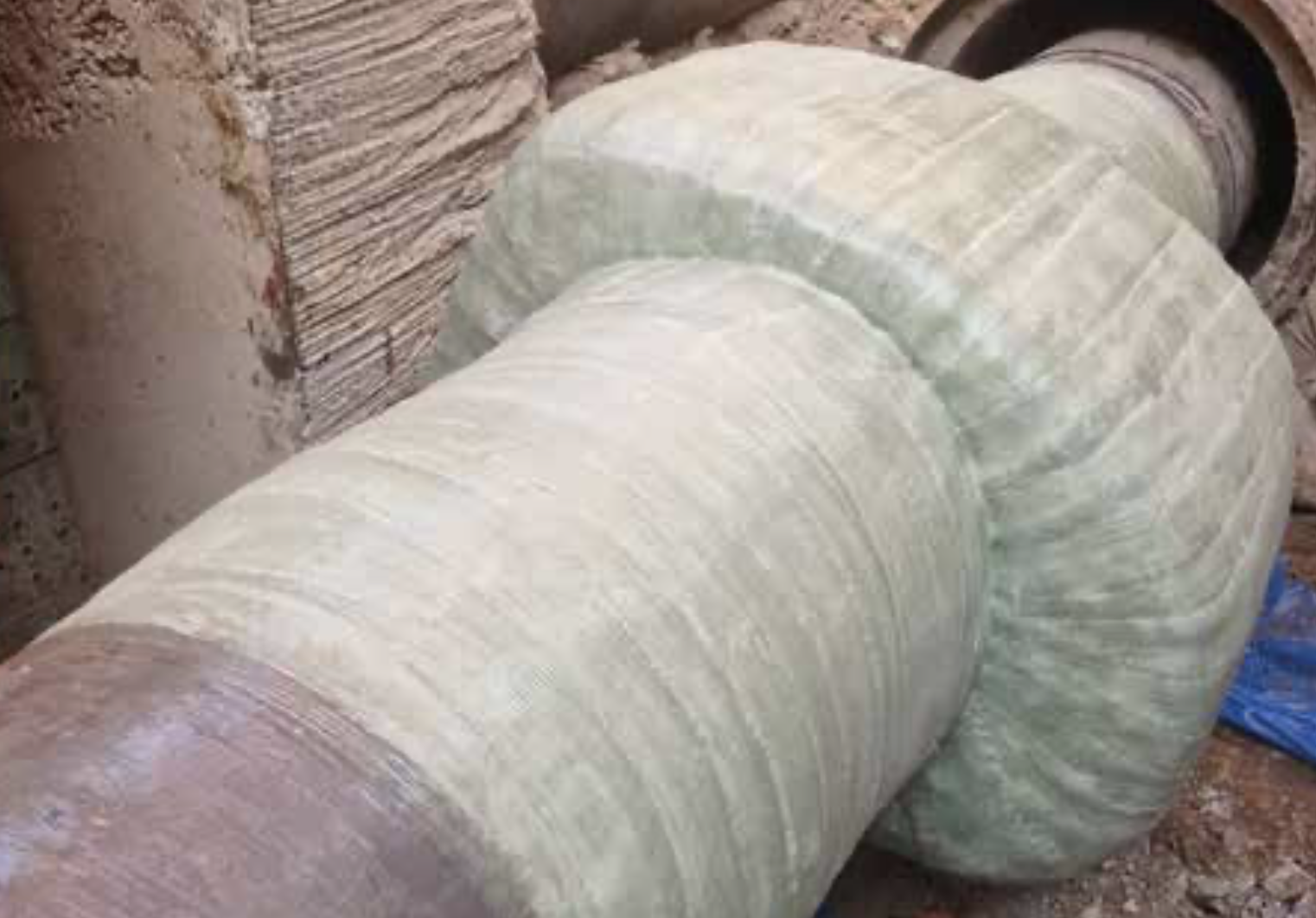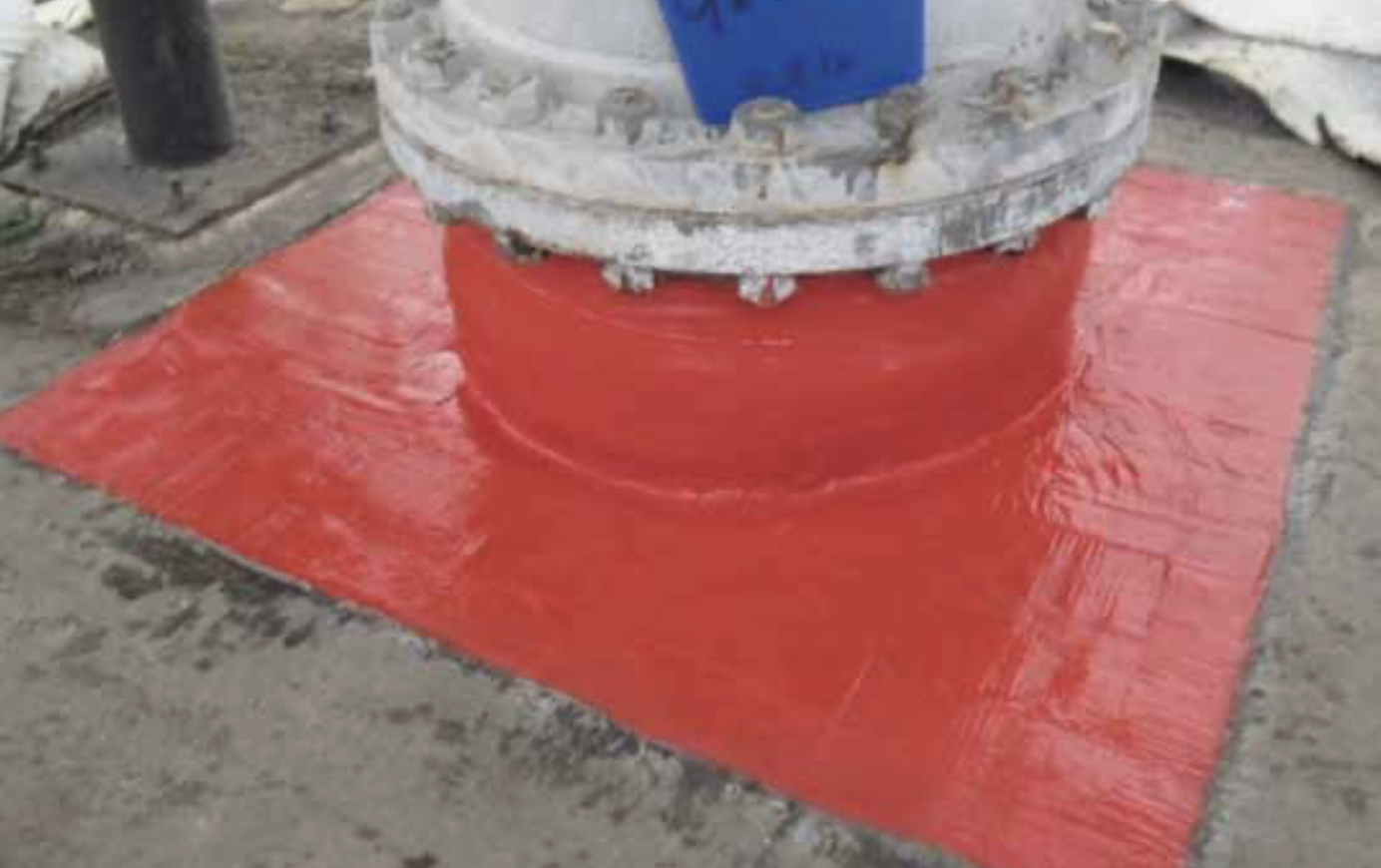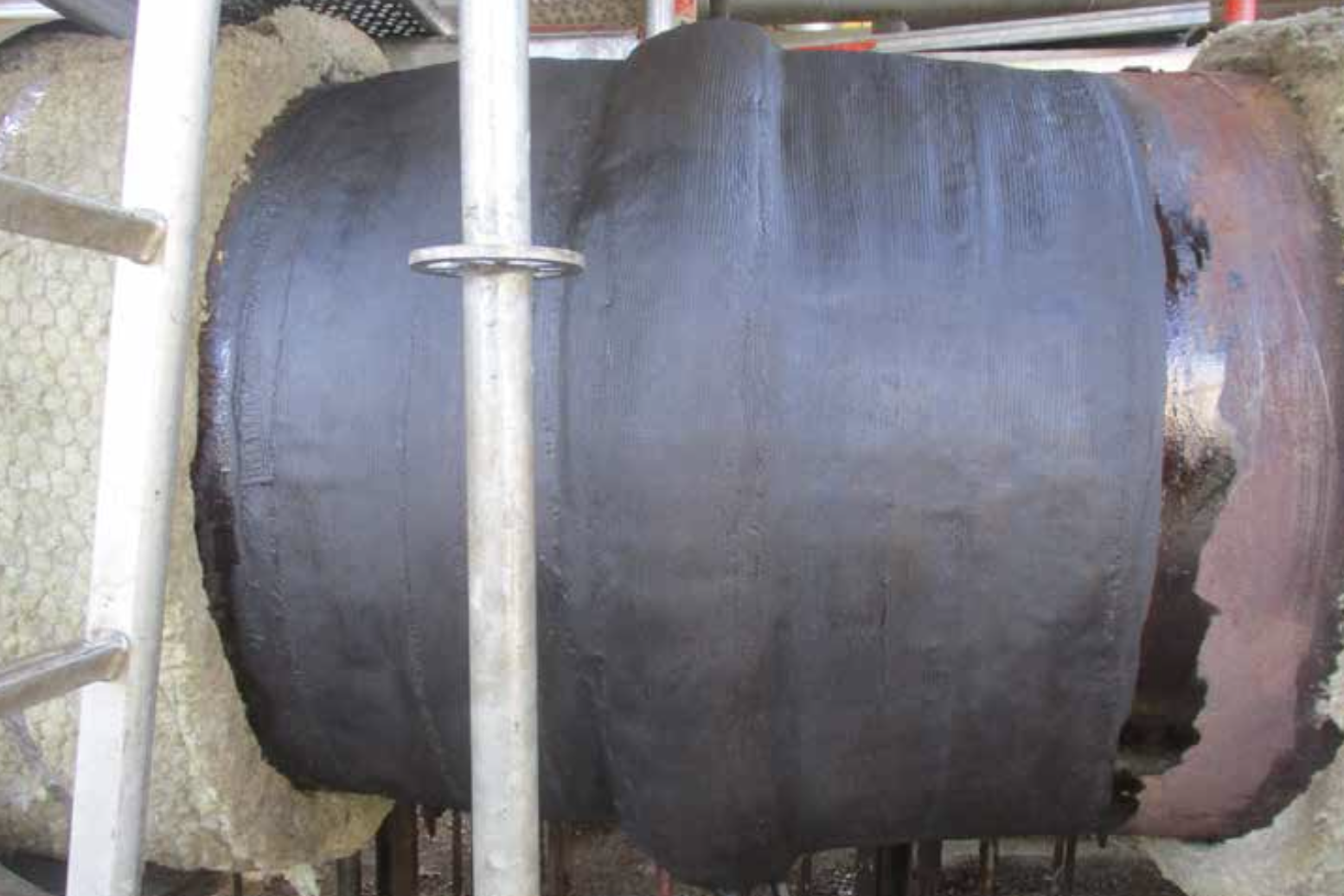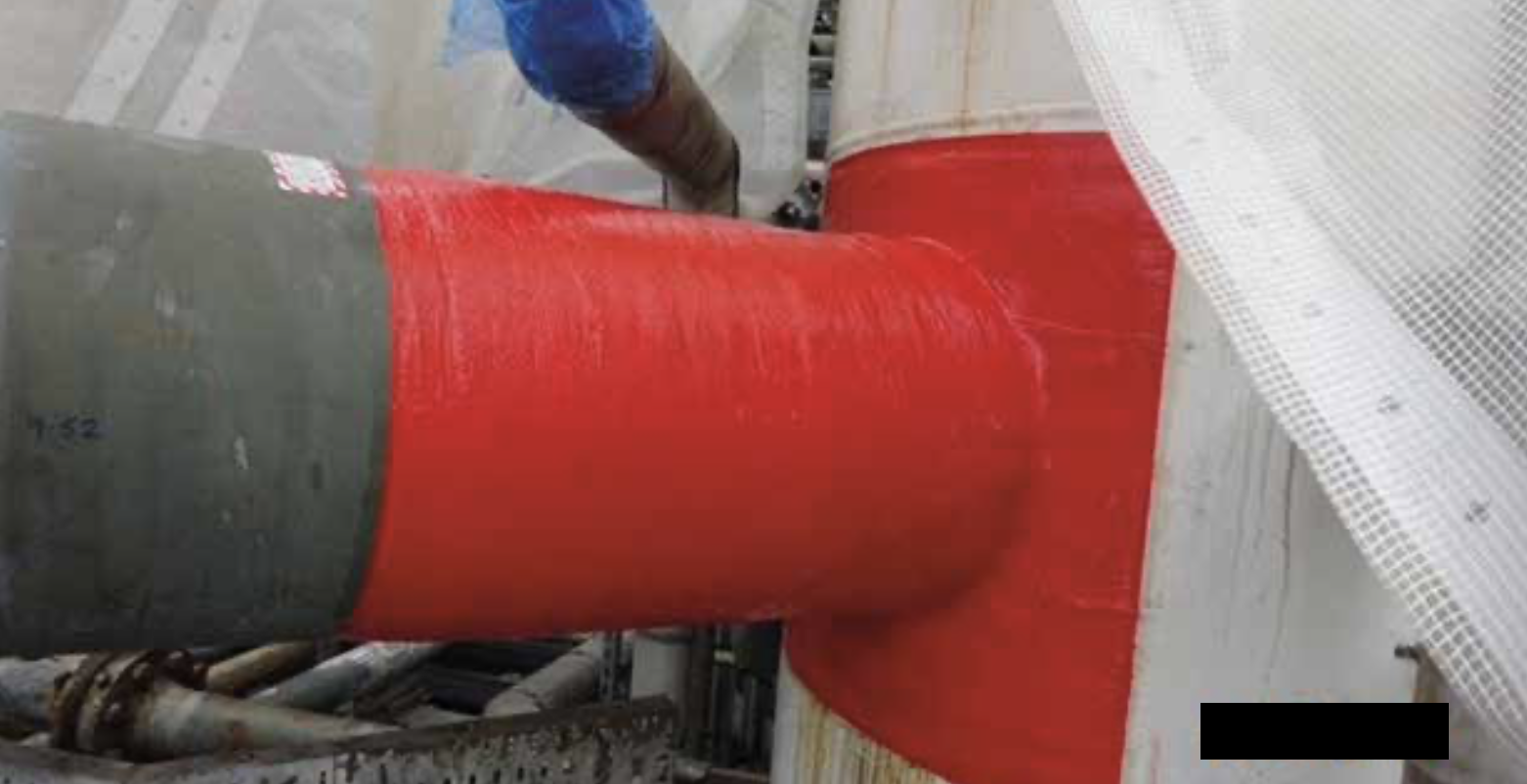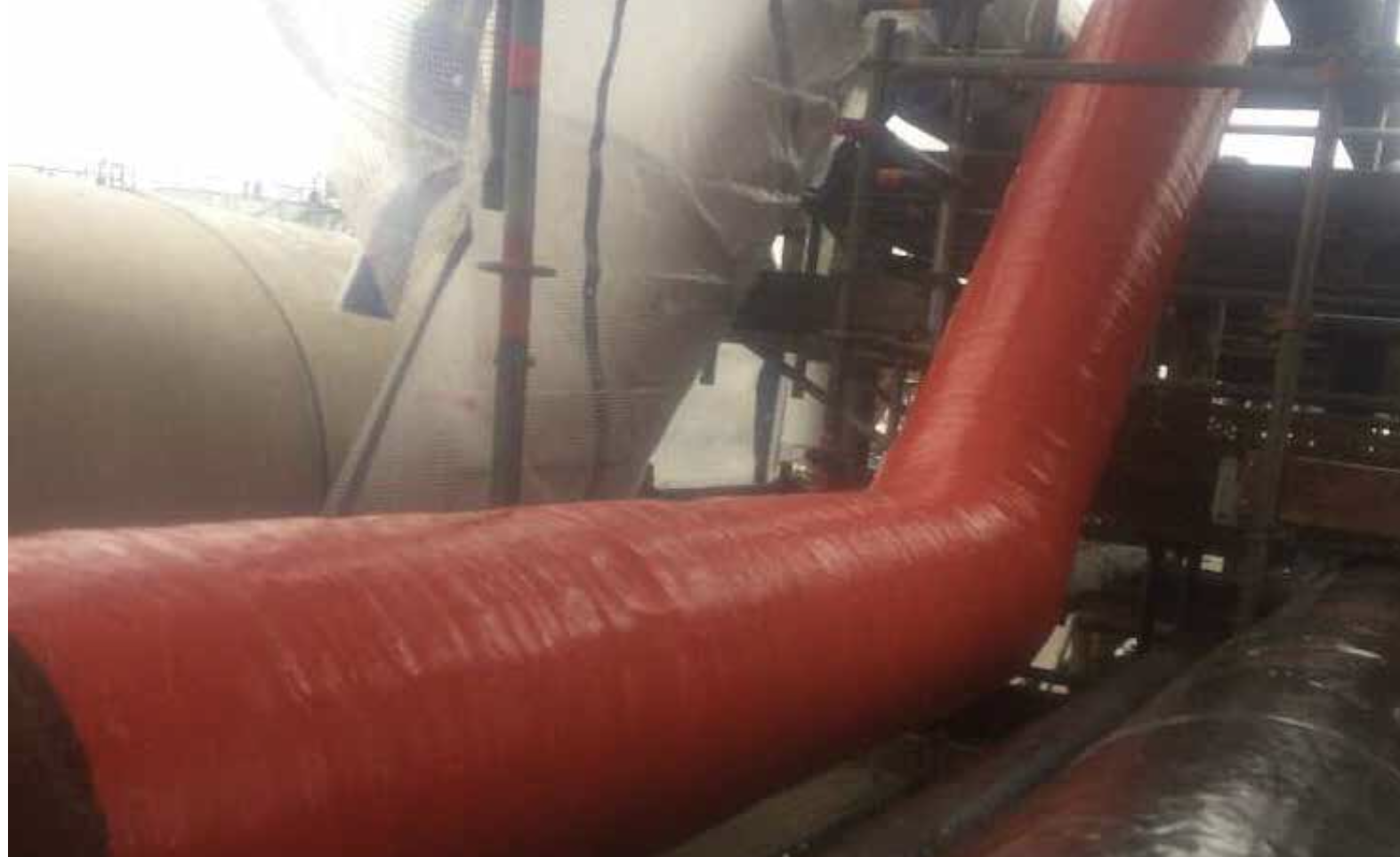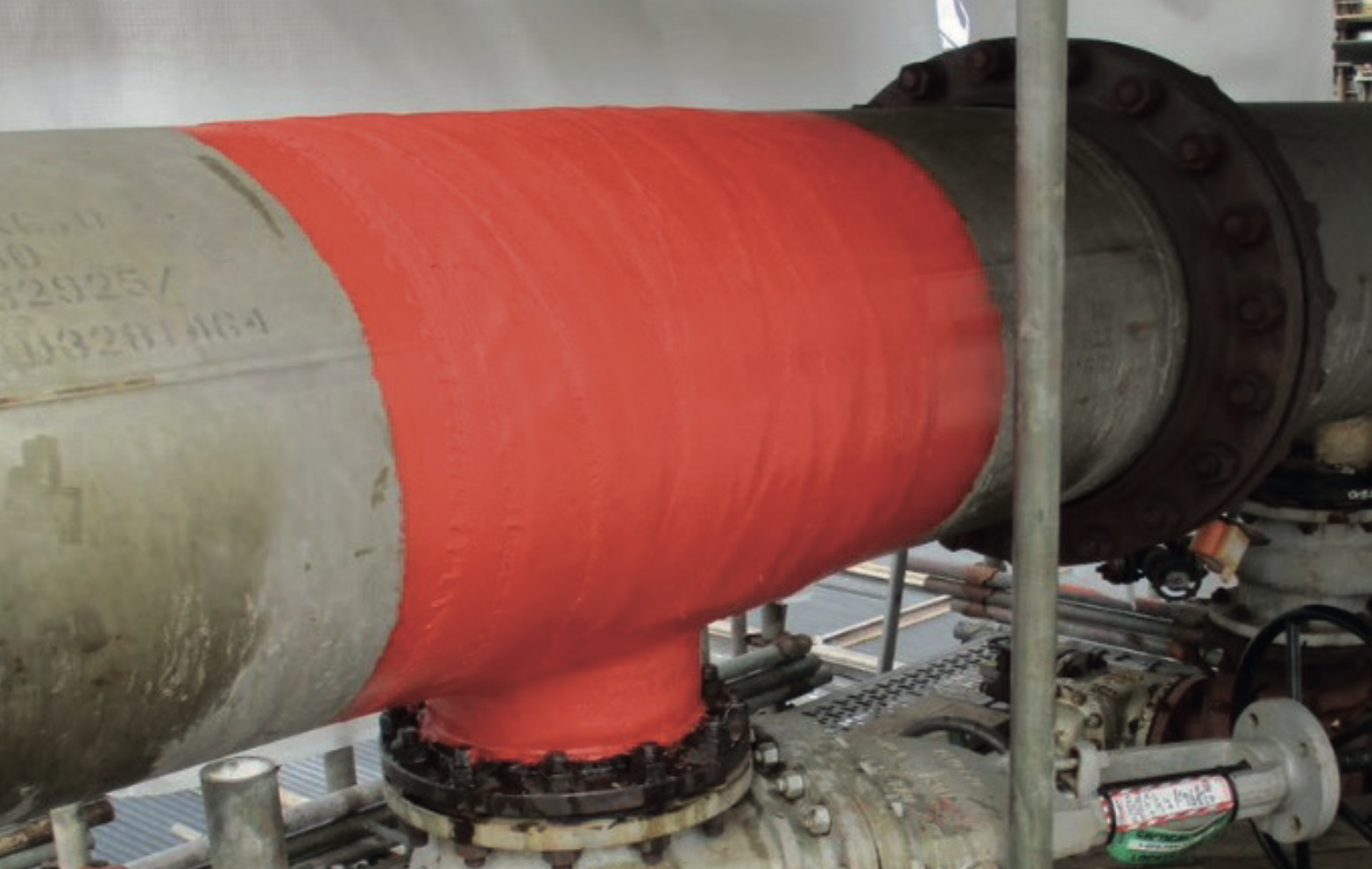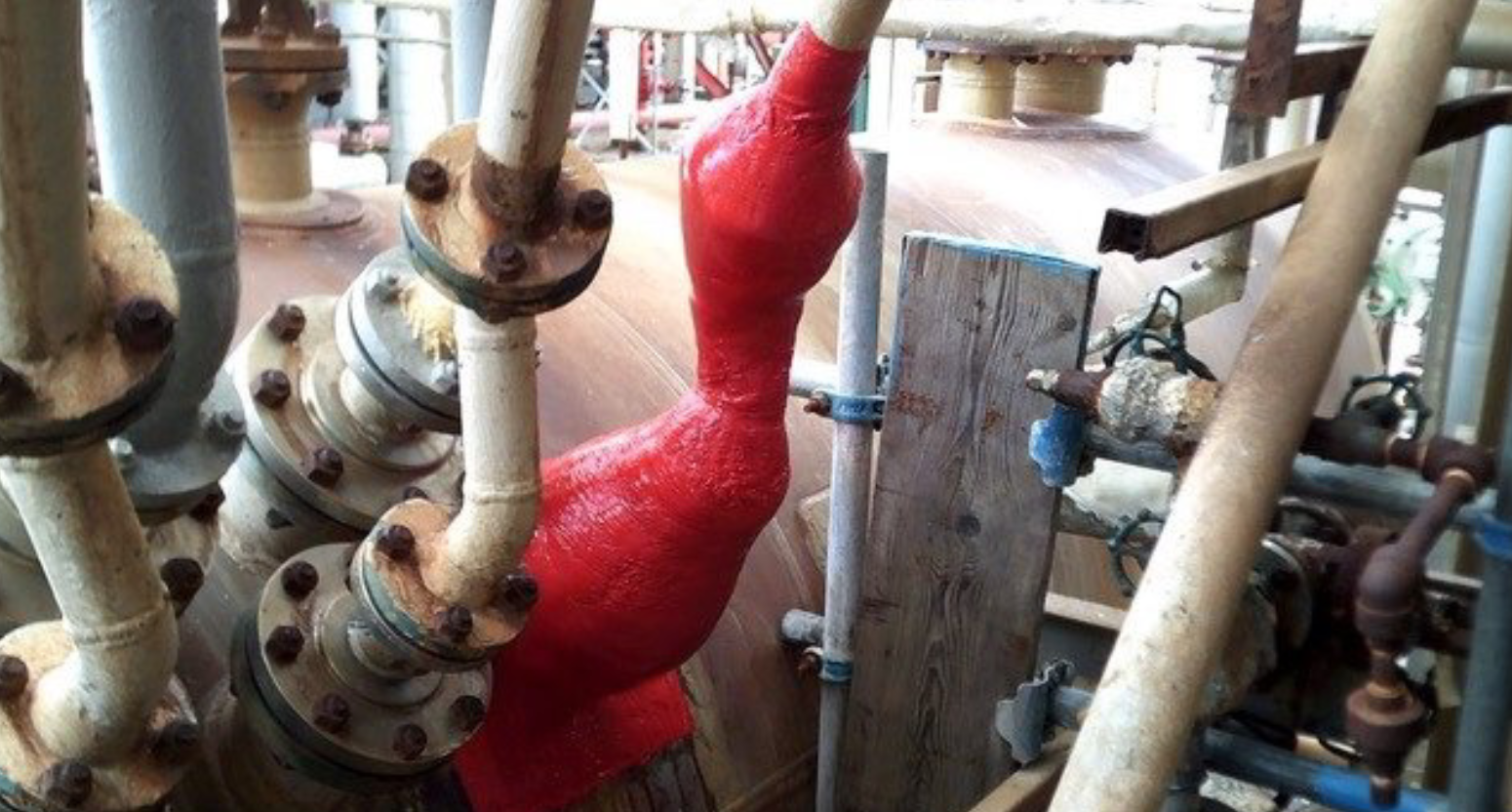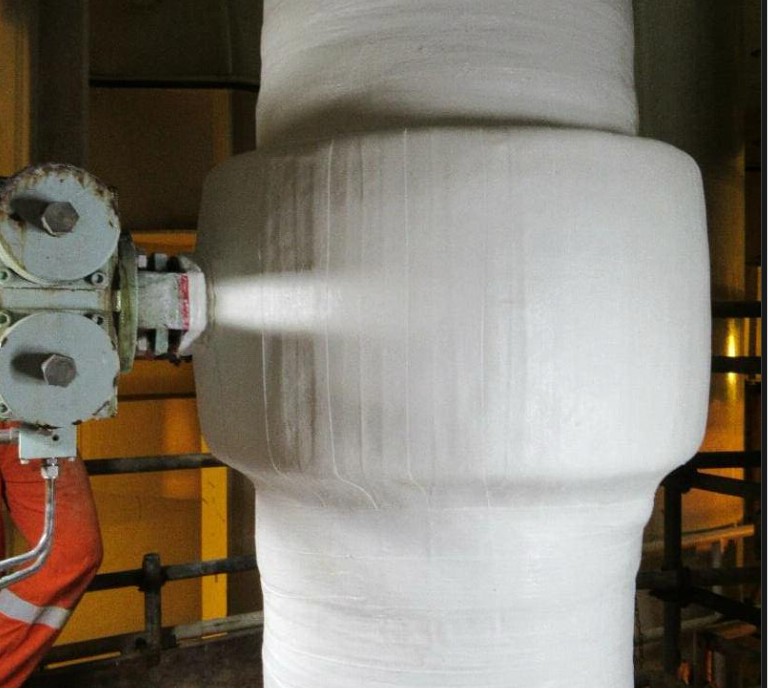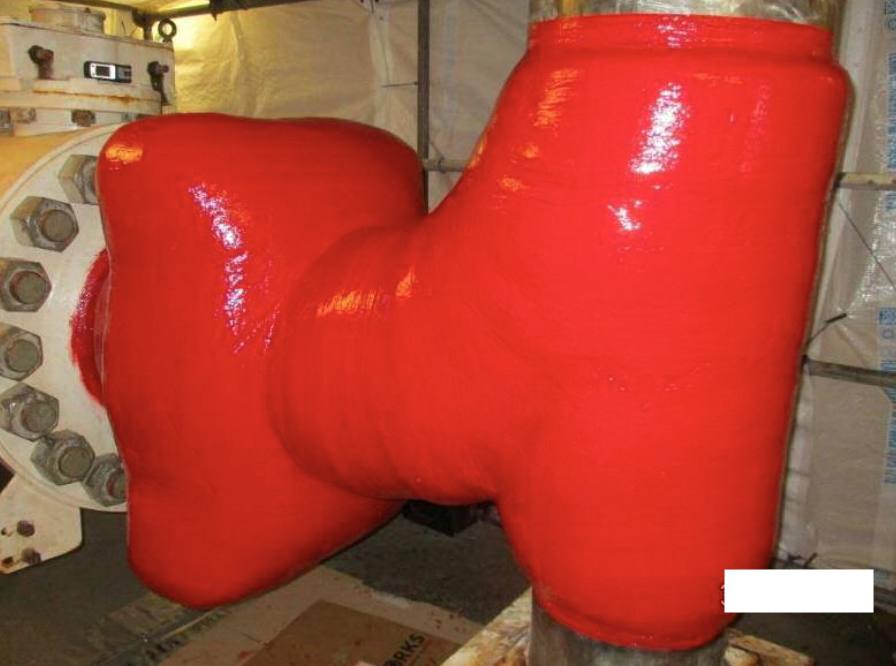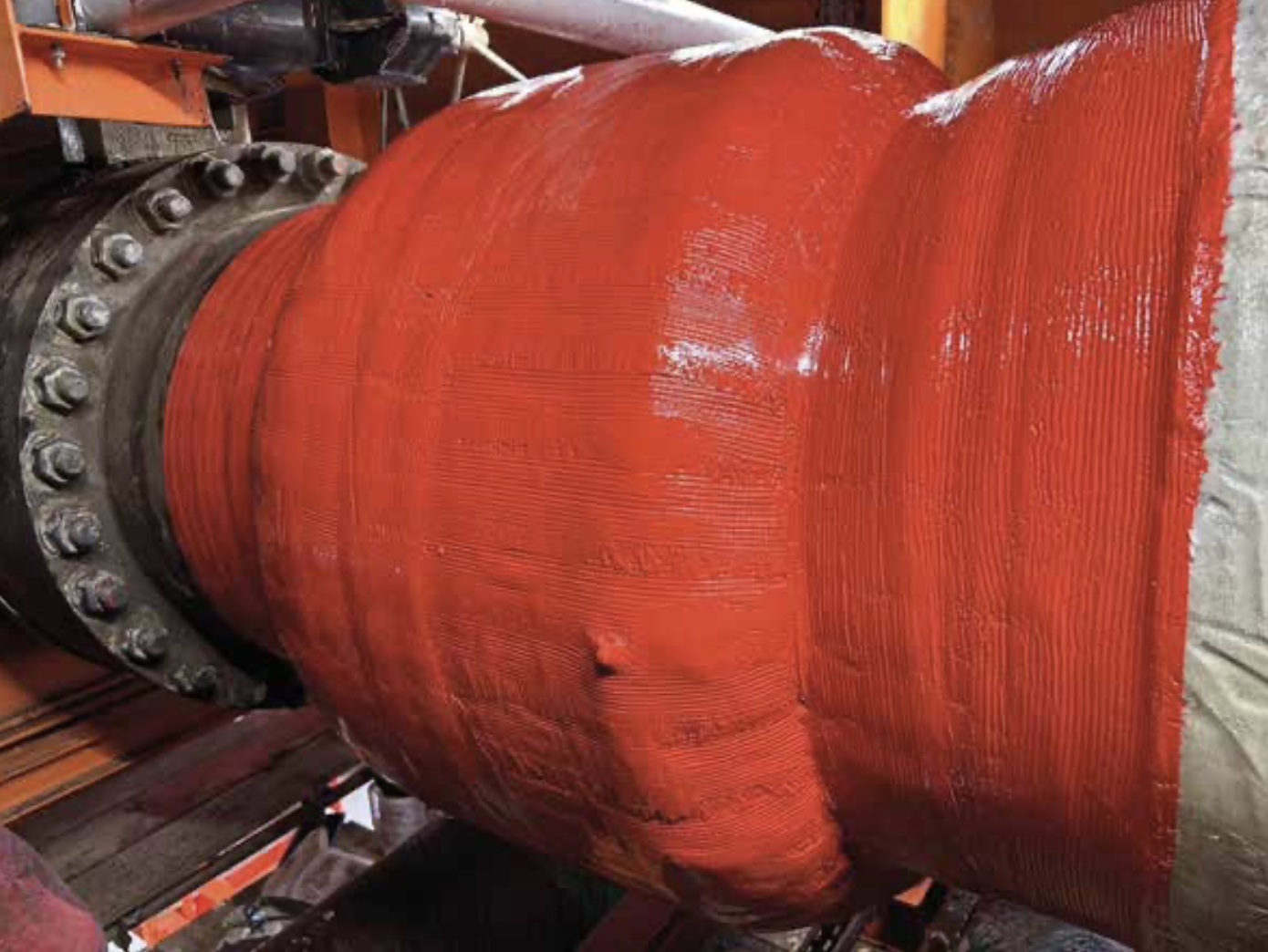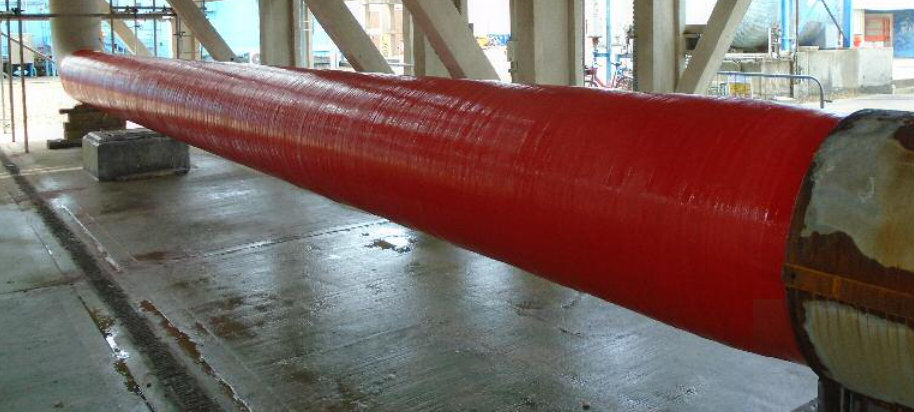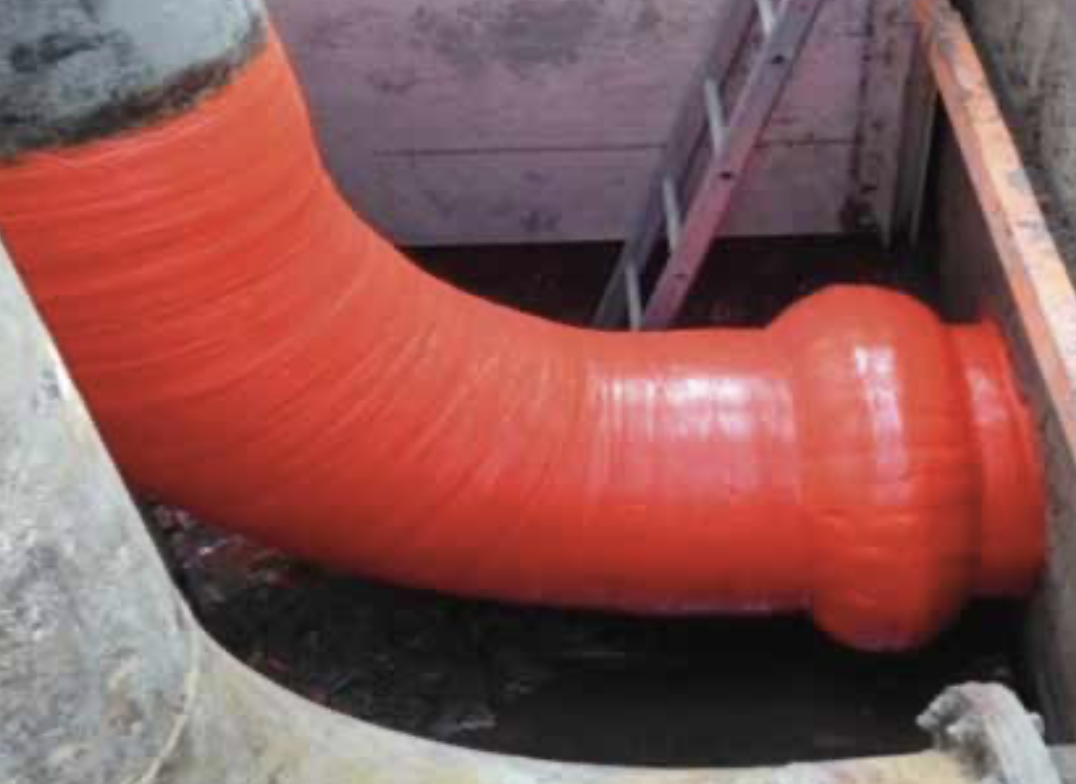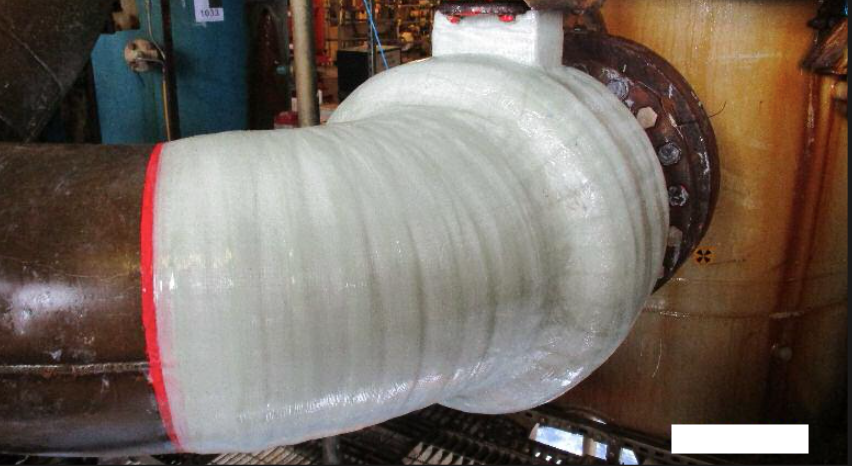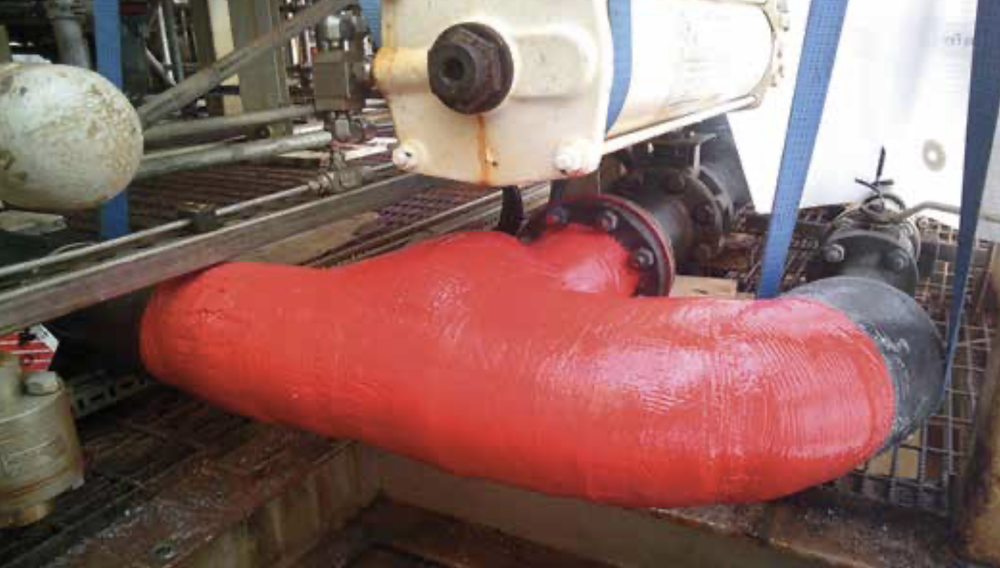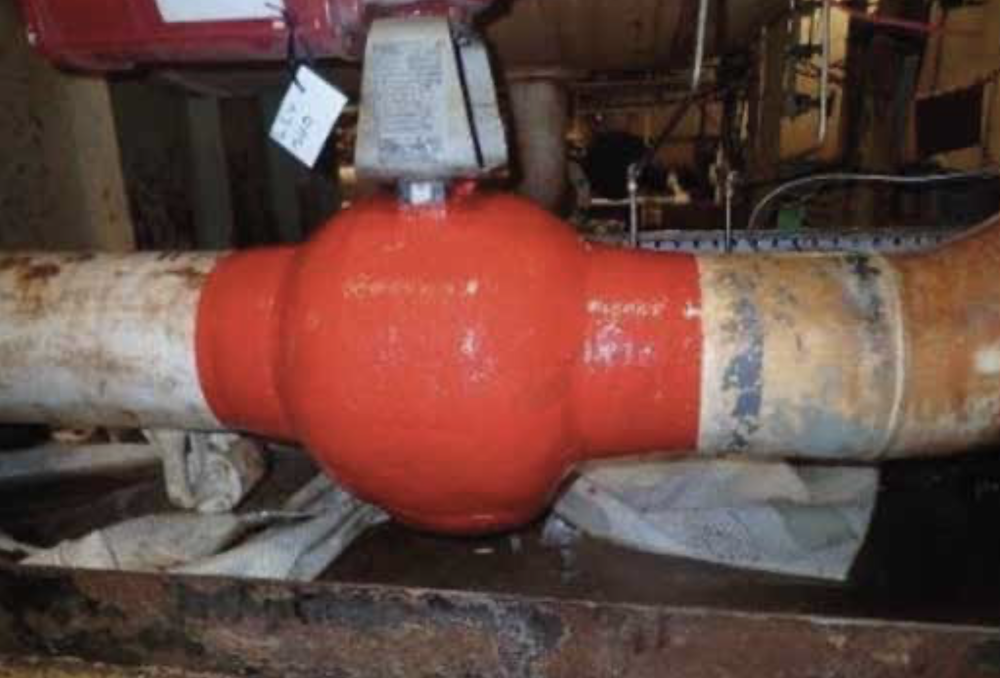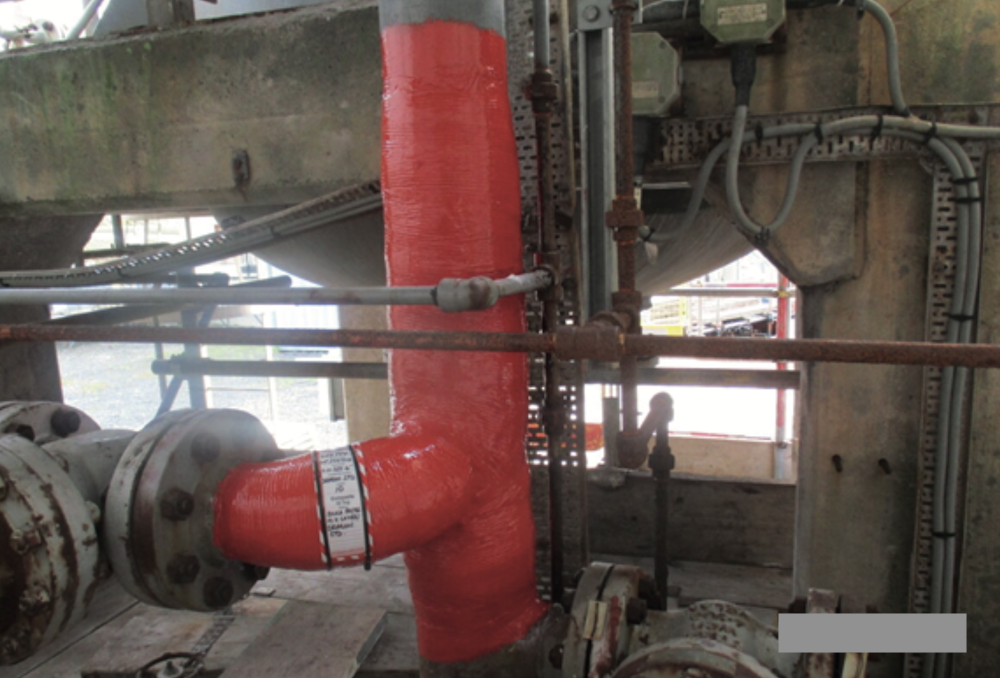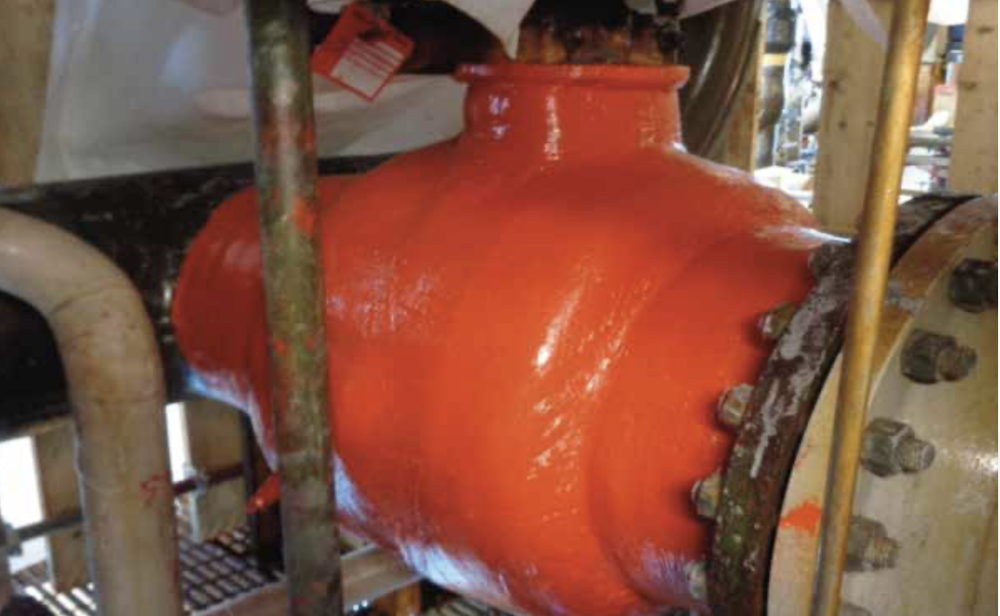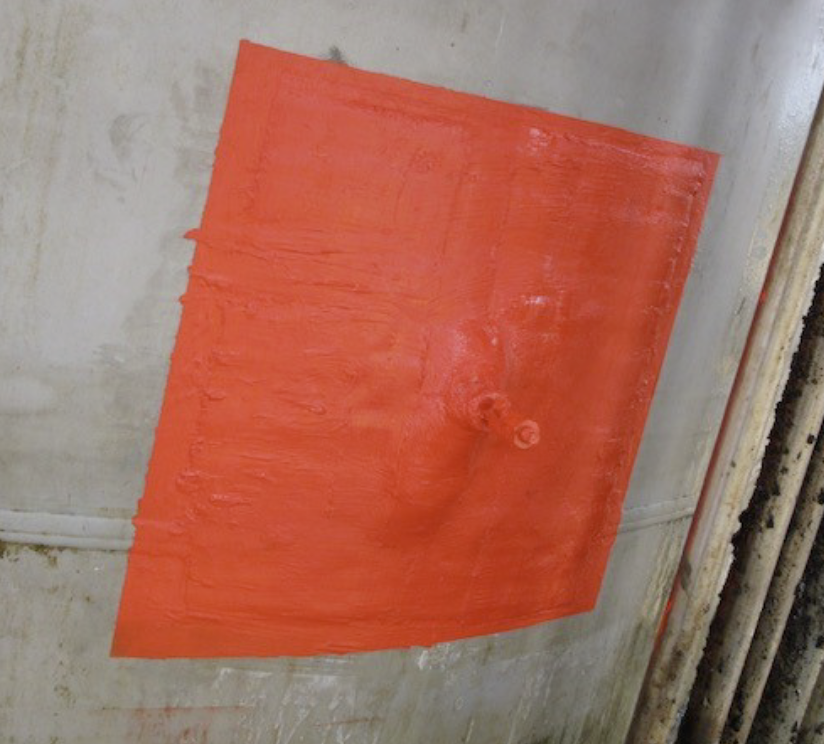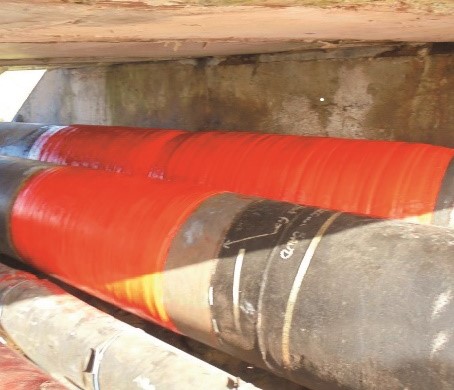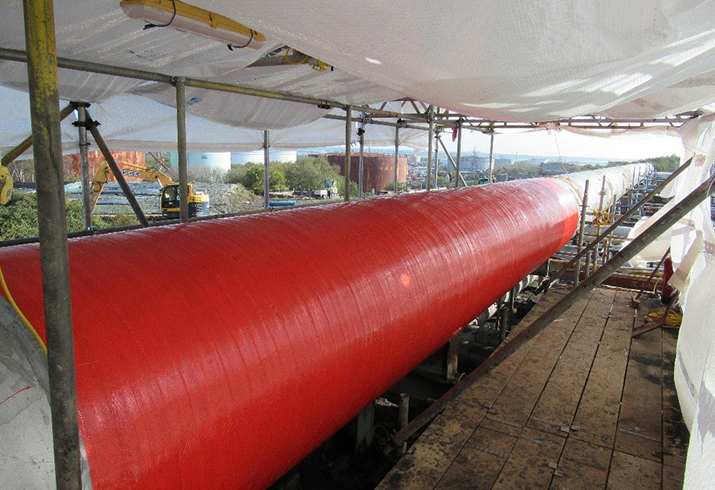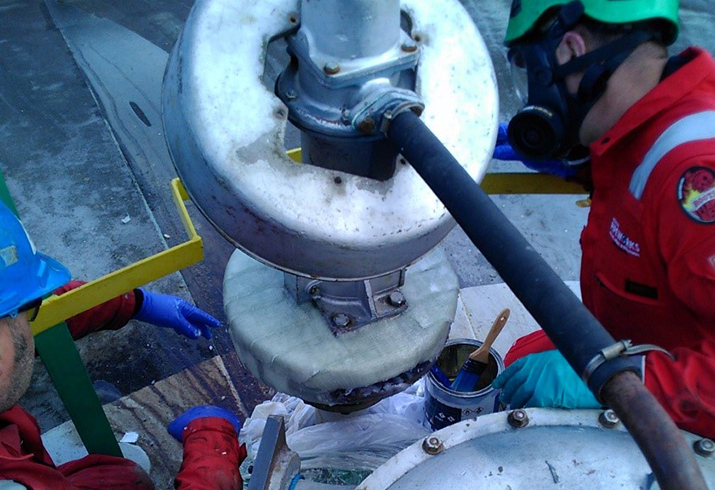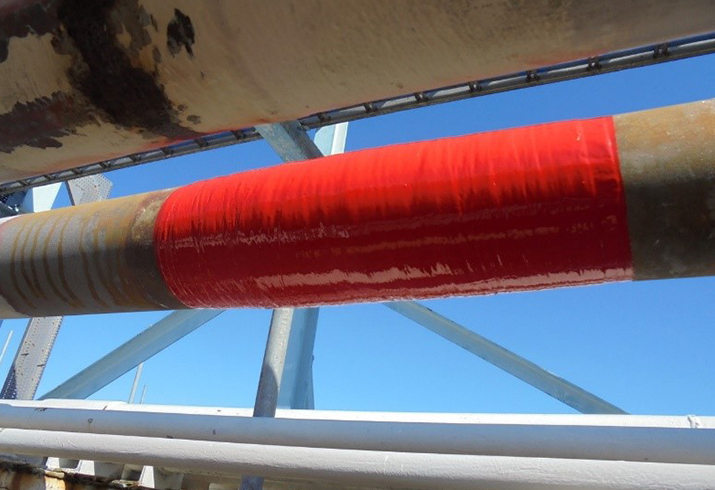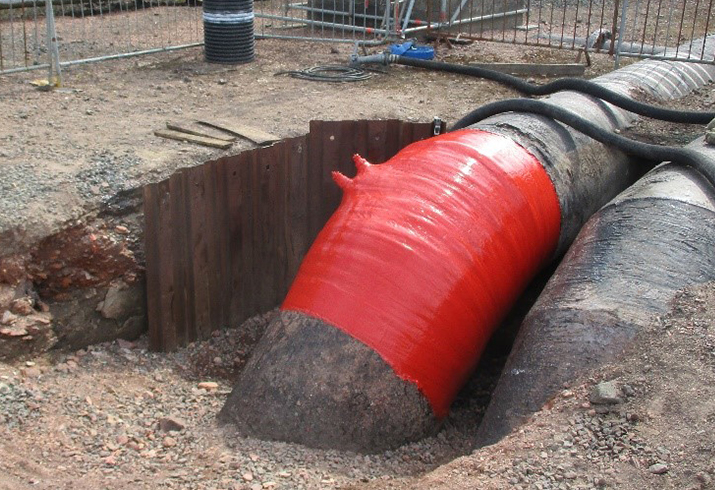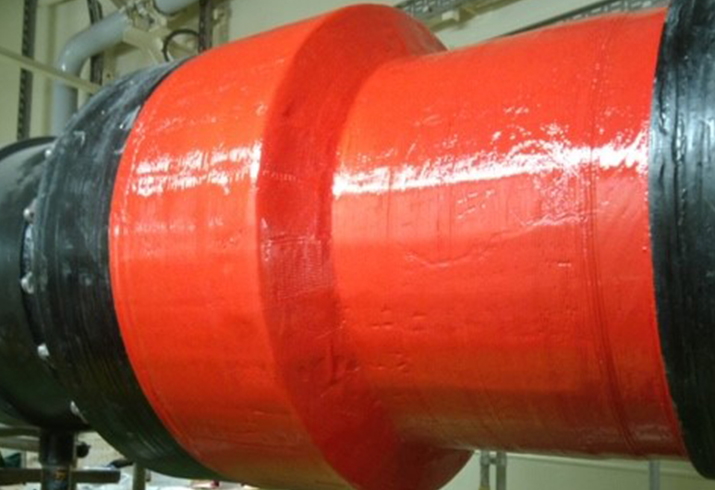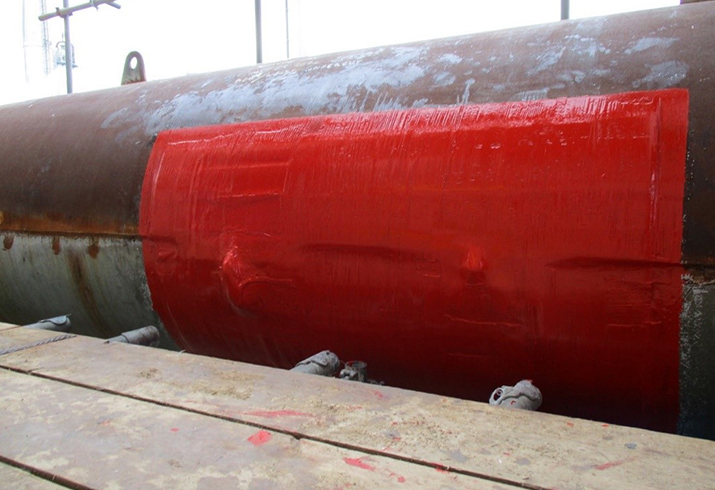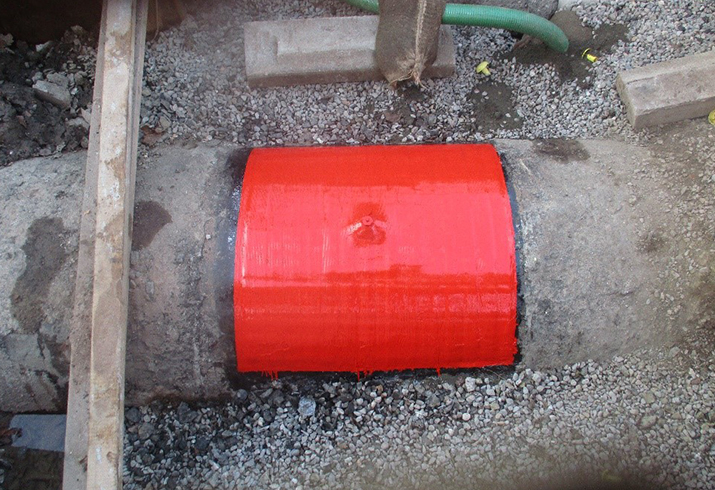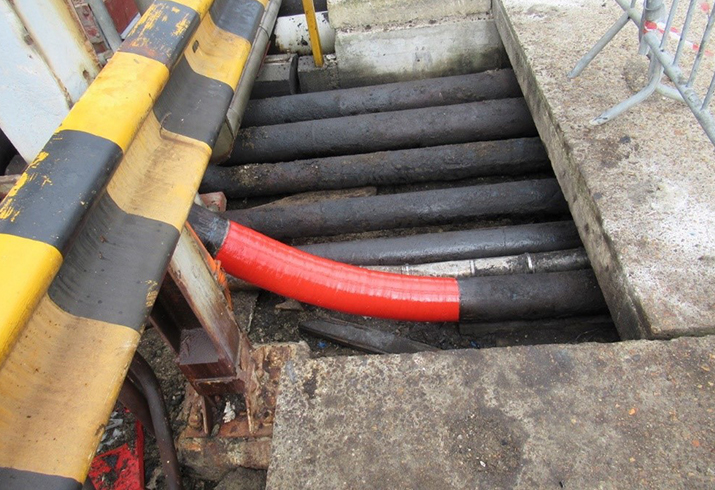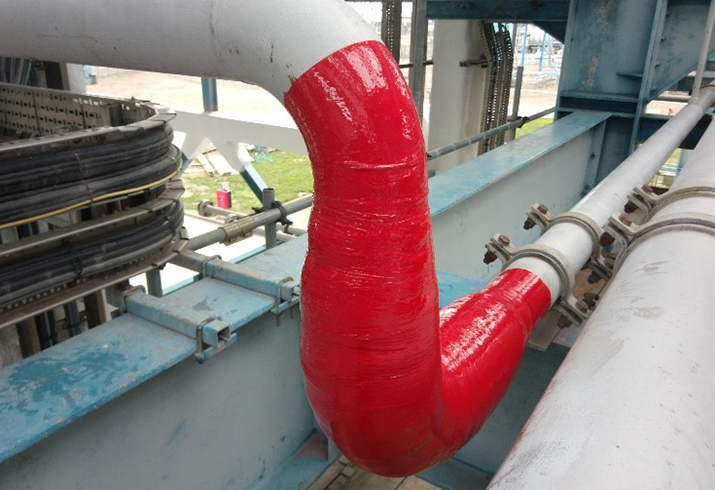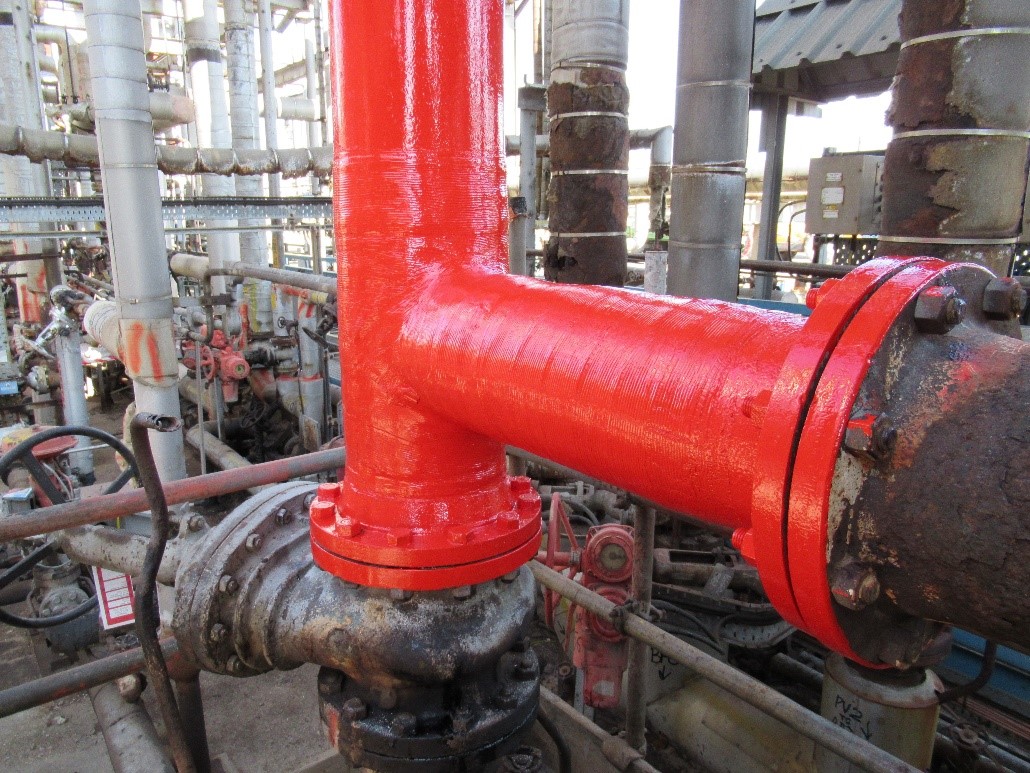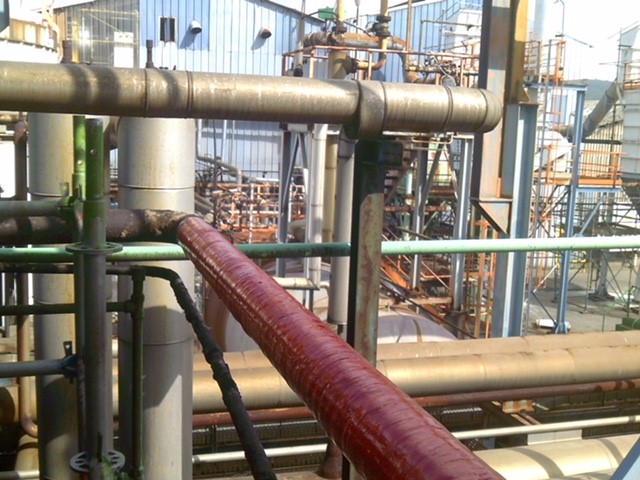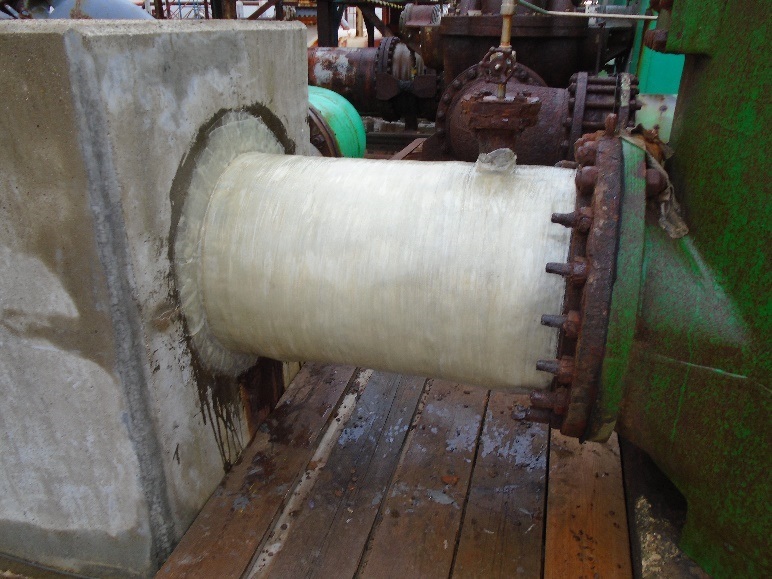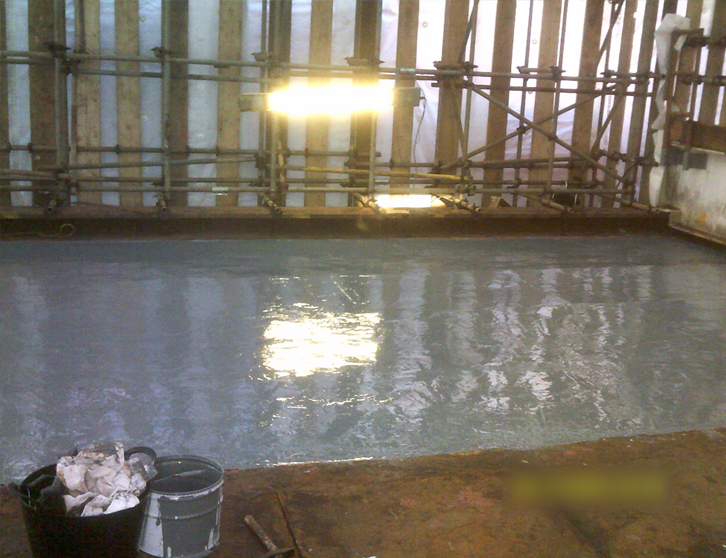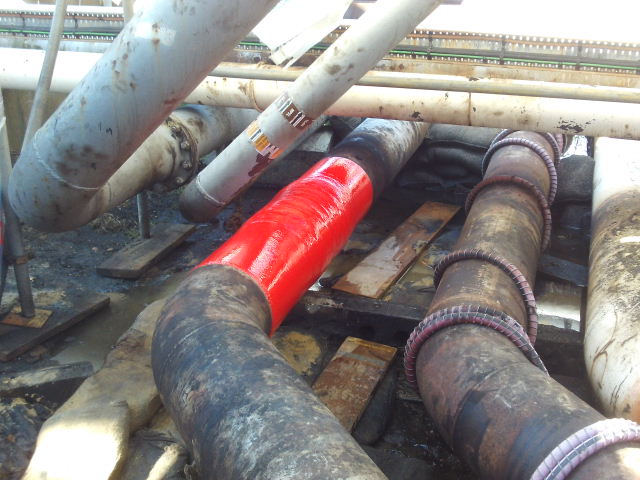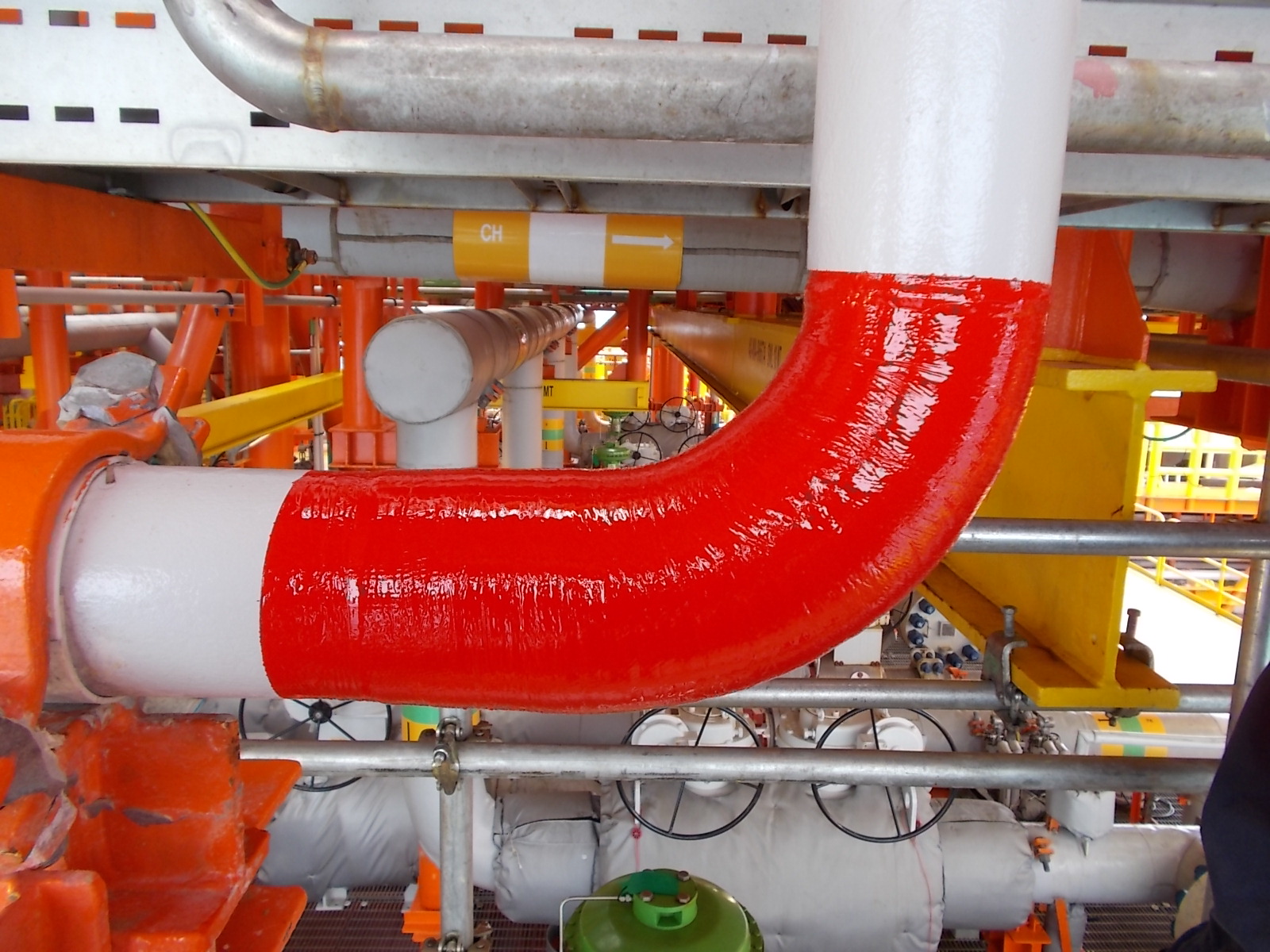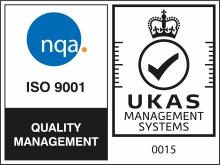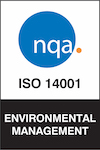Case Histories: Composite Repairs
Our team work around the globe in some of the toughest conditions
Welcome to the Metalyte Pipeworks Case Histories.
Here you will find examples of repairs performed by our expert technicians in some of the toughest and hazardous situations imaginable.
If you have any questions or would like to discuss anything with us, call now on 0800 121 7777.
- 24hr Emergency response: 0800 121 7777
The 10.75” OD carbon steel Flare line was found to have severe external atmospheric corrosion.
The 36” line had suffered from internal and some external corrosion
The 8” line had suffered from internal corrosion over a 2 metre section
The 24” line had suffered from external corrosion at different points on the pipeline which was repaired with composites
The 18” seawater line had suffered from internal erosion just above the weld.
The Shell of fuel oil tank T-803 had suffered from external corrosion
The 16” line at Zones 1, 2, and 3 had suffered from external corrosion
The 12” line had suffered from a crack spreading 180°C across the pipe at the bottom of the line which is 100mm from the floor
The 12” deluge fire line had suffered from internal erosion
The 20” and 28” lines had suffered from joint gasket failure on a total of 4 flanges
The Close Drain and HP flare had suffered from external corrosion so severe that it had to be replaced.
The tank had suffered from corrosion under insulation (CUI) to the vertical tank shell.
The 6” valve was suffering from severe internal salt water erosion
The 24” line buried 10 metres below the ground, had suffered from external corrosion which led to a through wall defect.
The 3 x 24” lines had suffered from excessive external corrosion at the bottom of the lines which are exiting the concrete floor.
The heat exchanger was subjected to thermal cycling that caused a crack to appear at the edge of the expansion joint
The 20” line had suffered from CUI external corrosion on the pipe coming off the vessel.
8” and 10” nozzles had suffered from internal erosion.
The 24” line had suffered from severe internal erosion resulting in a through-wall slot defect at a lap joint flange.
The 18” water injection riser clamp joint had suffered from movement inside the retaining clamp when operating at high pressure.
A long section of this line is suffering from multiple external corrosion scabs resulting in a minimum remaining wall thickness of approximately 14-18mm.
The 24” line had suffered from external corrosion. This resulted in several through wall defects along the butt weld near the flange
During normal operating conditions a seawater leak was identified on the seawater supply line.
The 4”x6” GRP Tee had suffered from a crack resulting in a through wall pin hole leak.
The 8” line had suffered from internal corrosion/erosion. This resulted in a through wall leaking defect close to the valve flange assembly at the 4 o’clock position
The 6” Tee with 4” branch had suffered from external corrosion close to the Tee.
The 20” line had suffered from internal erosion. This resulted in through wall defects on the flange.
The 8” steam header had suffered from internal erosion causing a through wall defect.
The water tank had suffered from possible internal acid corrosion.
The 30” Crude oil line had suffered from (CUI) external corrosion.
The 48” Cooling Water line had suffered from external and internal corrosion.
The 4” Condensate line had suffered from coating damage resulting in a localised corrosion area.
The cooling water line had suffered from severe external corrosion.
A hairline crack was identified on a 24" GRE Seawater line at the flange, resulting in a leak.
The cooling water return line has been repaired using welded patches during a recent shut down.
This 6” hot oil transfer line has suffered from external corrosion resulting in several through wall leaking defects in a localised area.
The 4” Natural Gas vent line has suffered from external corrosion.
The 6” Fuel Oil Line has suffered from severe CUI close to and on the Tee section.
A 4 metre section of this line is suffering from external corrosion resulting in low remaining wall thickness.
The 24” line was found to be suffering from severe ‘full circumferential’ external corrosion over the full length of the spool
The skid deck landing area has experienced deformation due to continued excessive loading.
The line had been suffering from severe external corrosion at the soil / air interface resulting in several leaking defects at the 12 o clock position.
The line had two crack defects on two of the welds on a stainless steel tee piece.
The 14" line had suffered severe fretting and corrosion where the pipe had been supported.
After the platform had run a pressure test, it had became apparent that a 3 mm hole had appeared at the 6 o'clock position of a weld on the 4" CIP line.
There was two areas at the front of the strainer that had severe internal corrosion.
